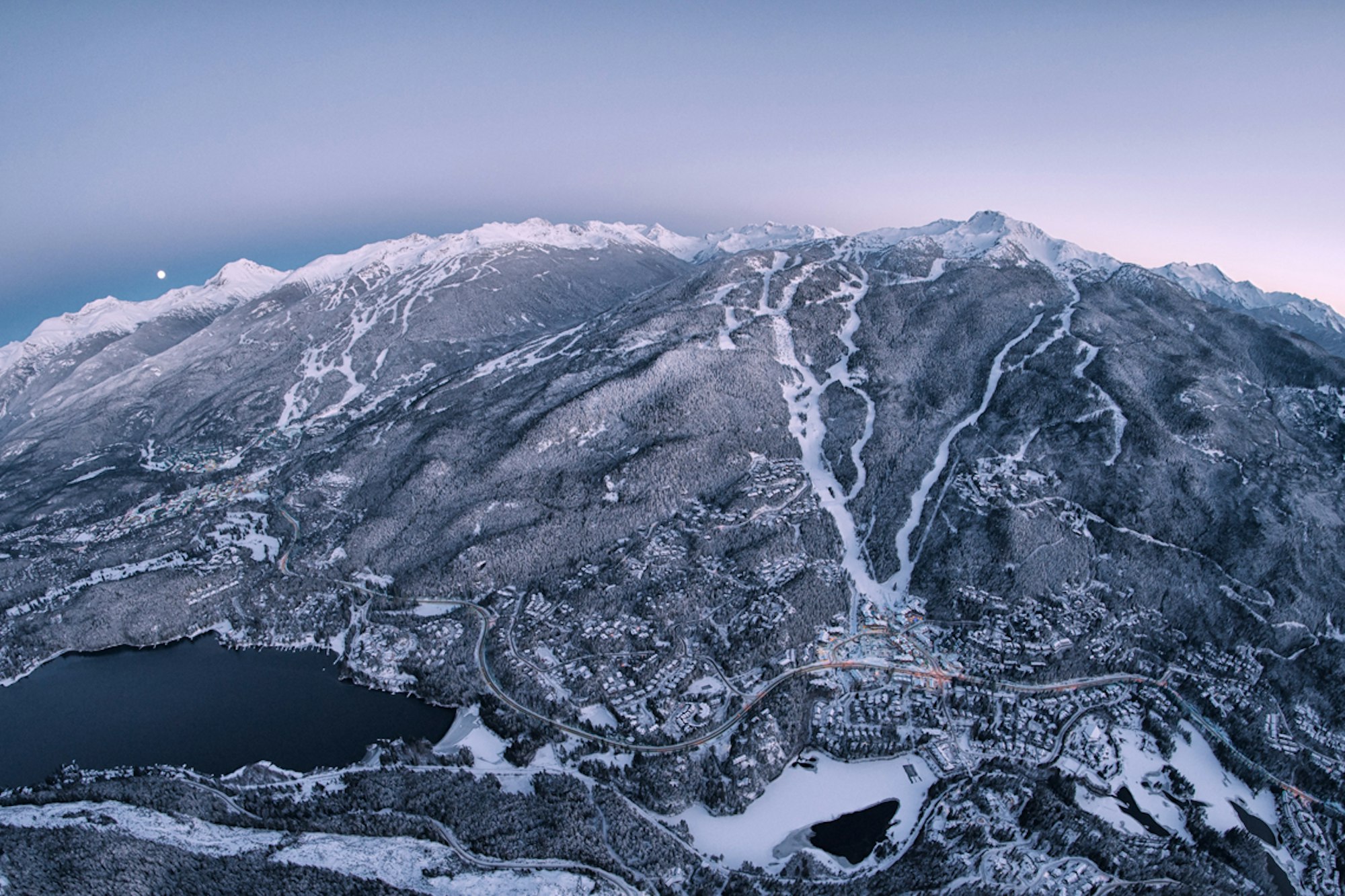Featured Image: David McColm
It’s high time for you and your pals (or fam) to book a big ski trip for the 2017-18 season. We’ve scoured the globe in the hopes of delivering you with trusty ideas for A+ trips and there’s one that tops our list of recommendations this year: Skiing in western Canada is not only a dream for any skier; historically low, low exchange rates (1 U.S. Dollar equals 1.25 Canadian Dollar as of this article’s publication date) mean you can live that dream on the cheap this season. The skiing options in western Canada are literally never-ending, so we’ve saved you some headache by focusing on three key areas: Banff and Lake Louise, Whistler and two resorts in the Canadian Rockies: Kicking Horse Mountain Resort and Fernie. Our editors have spent extensive time at these locations and have turned over every rock to uncover the best places to ski, as well as the best deals, eats & sleeps in the resorts’ respective ski towns. Dive in below, and remember, we’re just a tweet away if you have questions pertaining to making these trips become a reality.
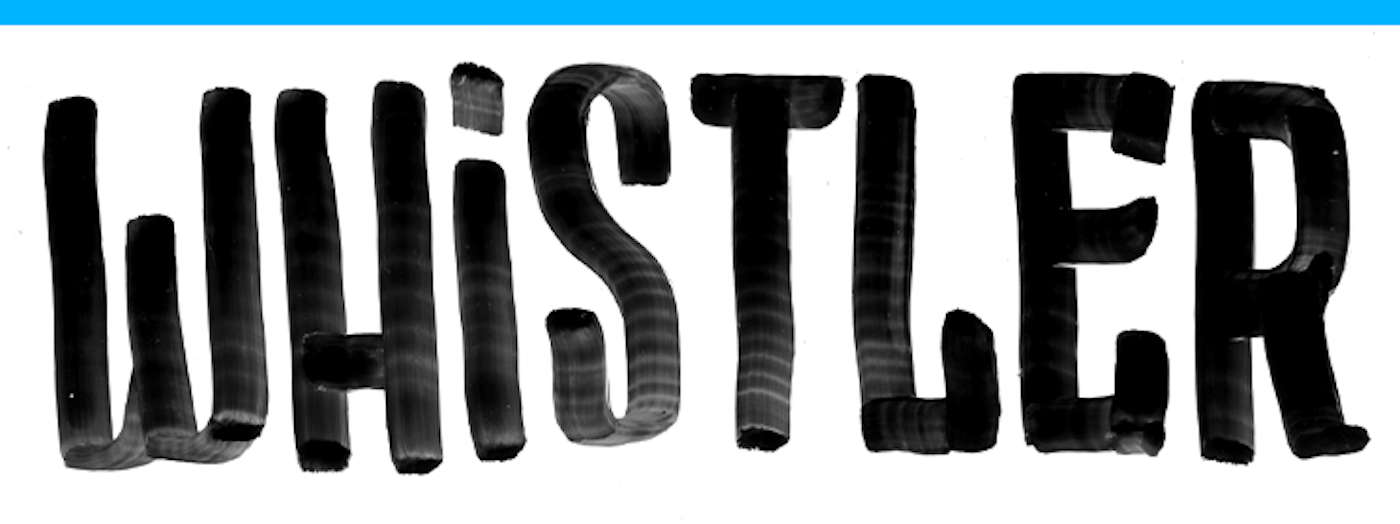
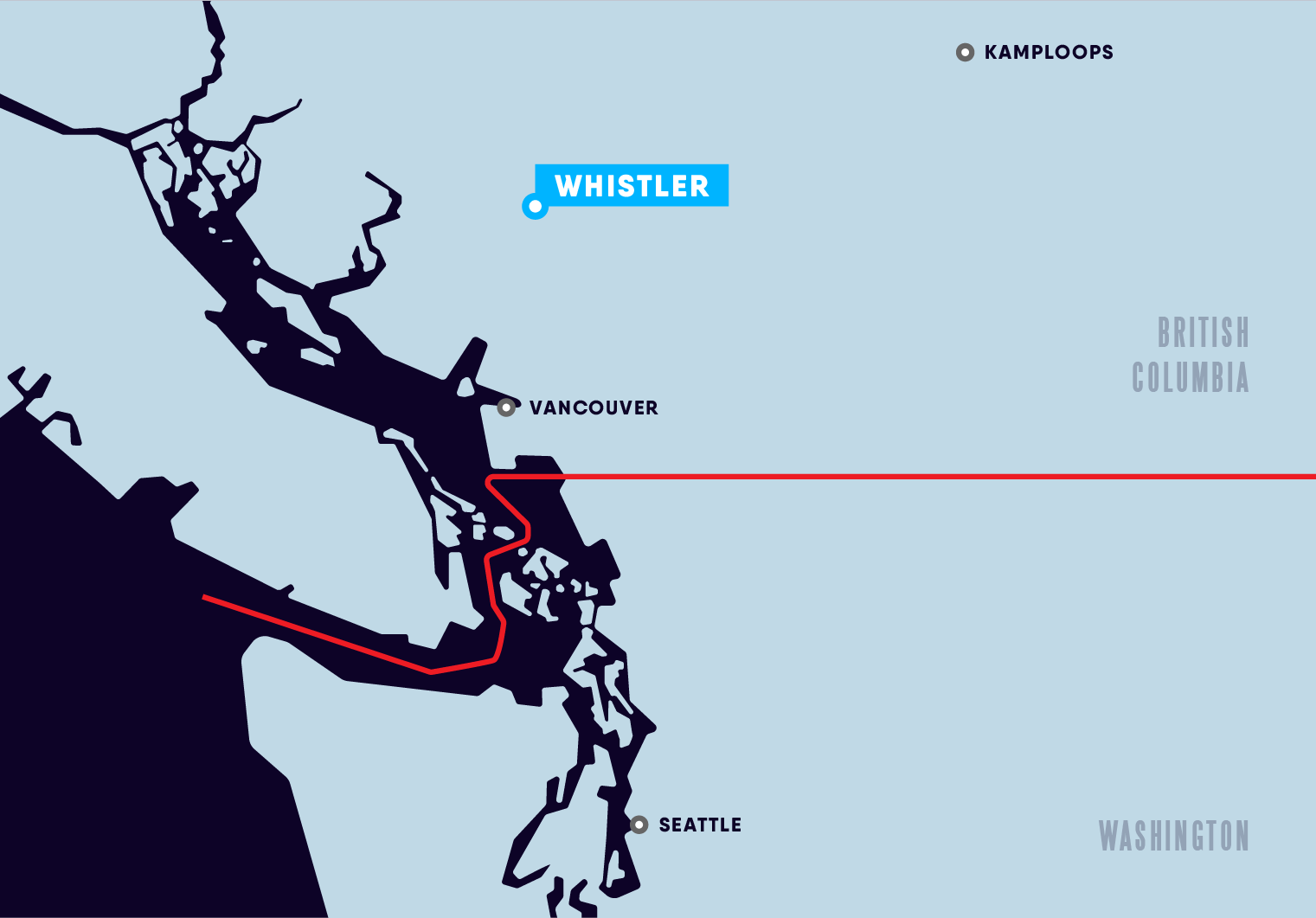
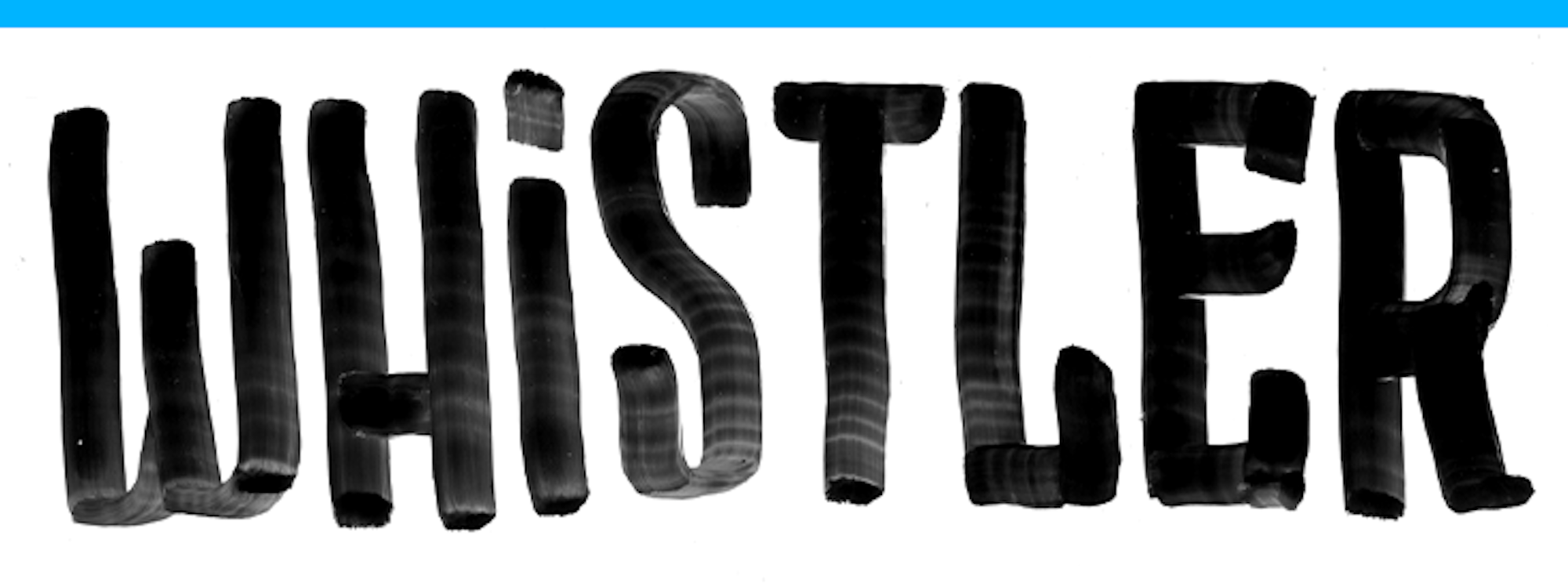

Whistler — The Place Is Beyond Your Wildest Dreams
Not quite 80 miles to the north of beautiful Vancouver, British Columbia, lies the biggest ski resort in all of North America; Whistler Blackcomb boasts 8,171 acres of inbounds terrain and 5,280 feet of vertical, accessed by a whopping 37 lifts. Want more? The resort is home to two-hundred-plus ski trails, five terrain parks, 16 alpine bowls and three glaciers. Consider all of that terrain is blanketed by 456 inches of fluffy white powder each ski season, on average (that’s 38 feet), and it’s a recipe for dreams coming true. When it comes to sheer size and variety of terrain, Whistler Blackcomb is as close as you’ll come to a European Alps-esque experience within the boundaries of North America. It’s for all of these reasons that Whistler Blackcomb is consistently ranked the #1 ski resort in the world. Consider that the ski resort is surrounded by some of the most pristine, beautiful landscapes on Earth, with opportunities for activity abounding, and it’s clear why Whistler should be on your vacation short-list.
The Inbounds Ski Terrain Is Simply Mind-Boggling
With a terrain breakdown of 17.75% beginner, 55% intermediate and 27.25% advanced, Whistler Blackcomb offers skiing options for every type of skier, from beginners to seasoned professionals (more on the pro skier scene, later).
On a deep powder day, the Peak Express chair serves up skiing and spectating opportunities (like, imagine people hucking front flips off of gargantuan cliffs) that we have previously described as “life-changing.” The tree skiing is simply spectacular; when the conditions are right, you’ll find yourself blasting among the beautiful Douglas fir trees hooting and hollering like an exuberant child on the playground. And if you’re up for a true challenge, look no further than Spanky’s Ladder: An easy boot pack accesses the ever-challenging Garnet, Diamond, Sapphire and Ruby Bowls. Inside of this zone, you’ll find cliffs, chutes, couloirs and formidable steeps.
Where to rip on a pow day?
The aforementioned Peak Chair, on Whistler Mountain, is the place to be in the early-morning on the deep day. Once you’ve enjoyed a few laps underneath the chair, shred along the West Ridge and point your skis down the West Cirque, which spills into the famed Christmas Trees. The wide-open-spaced trees allow for high-speed ripping that’ll make you feel so good, you’ll call Mom and Dad just to let ’em know you love ’em. Another option, kick off your day in Blackcomb’s Excelerator glades, a veritable tree-skiing heaven. Next, make your way up to Crystal Chair, where the CBC trees provide even more tree-skiing bliss.
You’ll find an extended breakdown on where to ski within the Whistler Blackcomb boundaries, right here.
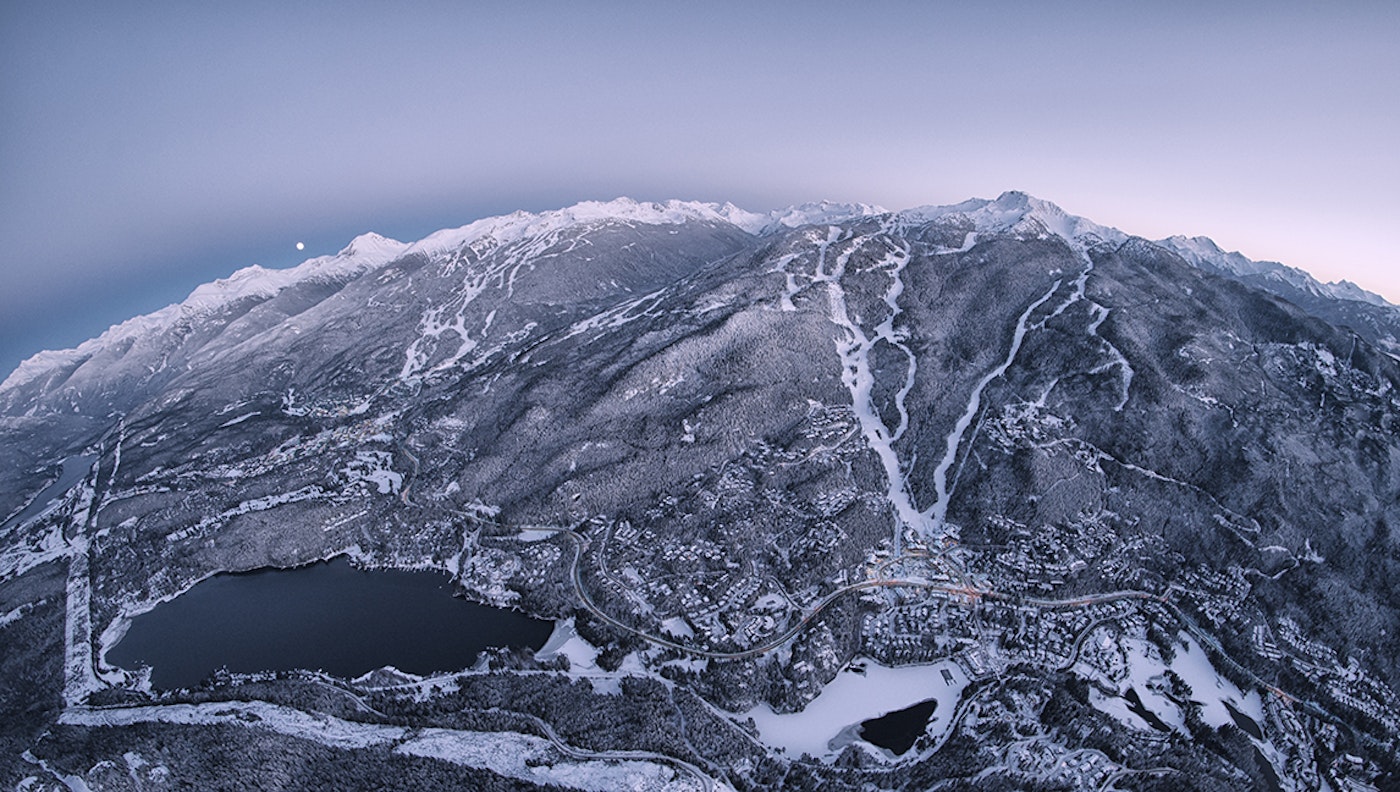
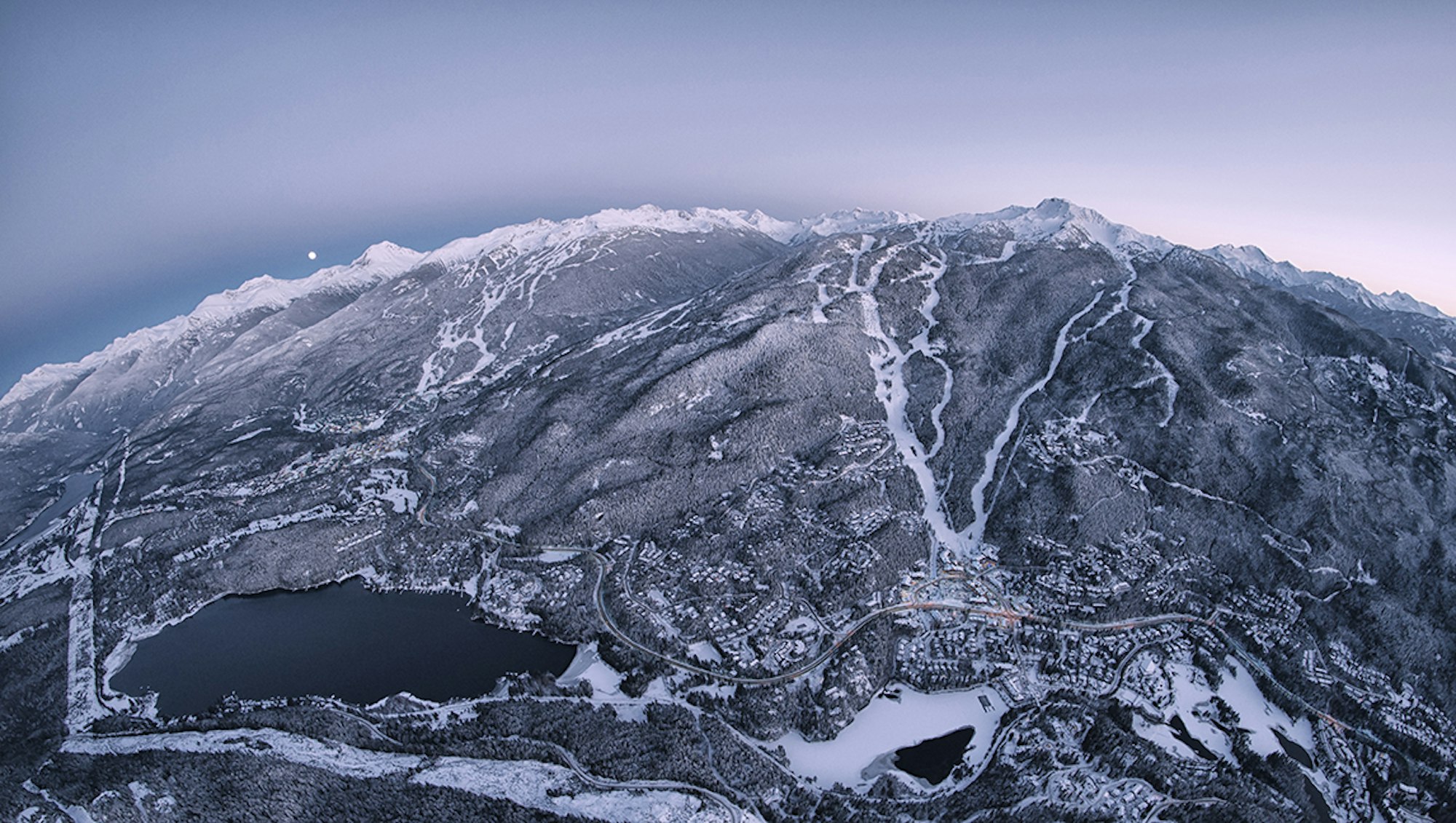
The PEAK 2 PEAK Gondola Is A Must-Ride
Whistler Blackcomb broke two Guinness World Records when it unveiled its PEAK 2 PEAK Gondola back in December of 2008; the lift connects Whistler and Blackcomb near the mountain summits. The records were “highest cable car above ground” (1,430 feet) and “longest unsupported span between two cable car towers” (1.9 miles). The journey on the PEAK 2 PEAK is breathtaking, and it’s impossible not to marvel at the engineering that brought this project to fruition. Some of the gondola cabins even feature a glass floor through which you can look down upon the valley below. Remember, that’s over 1,400 feet. Think twice before stepping into one of those big, beautiful red boxes if you’re afraid of heights.
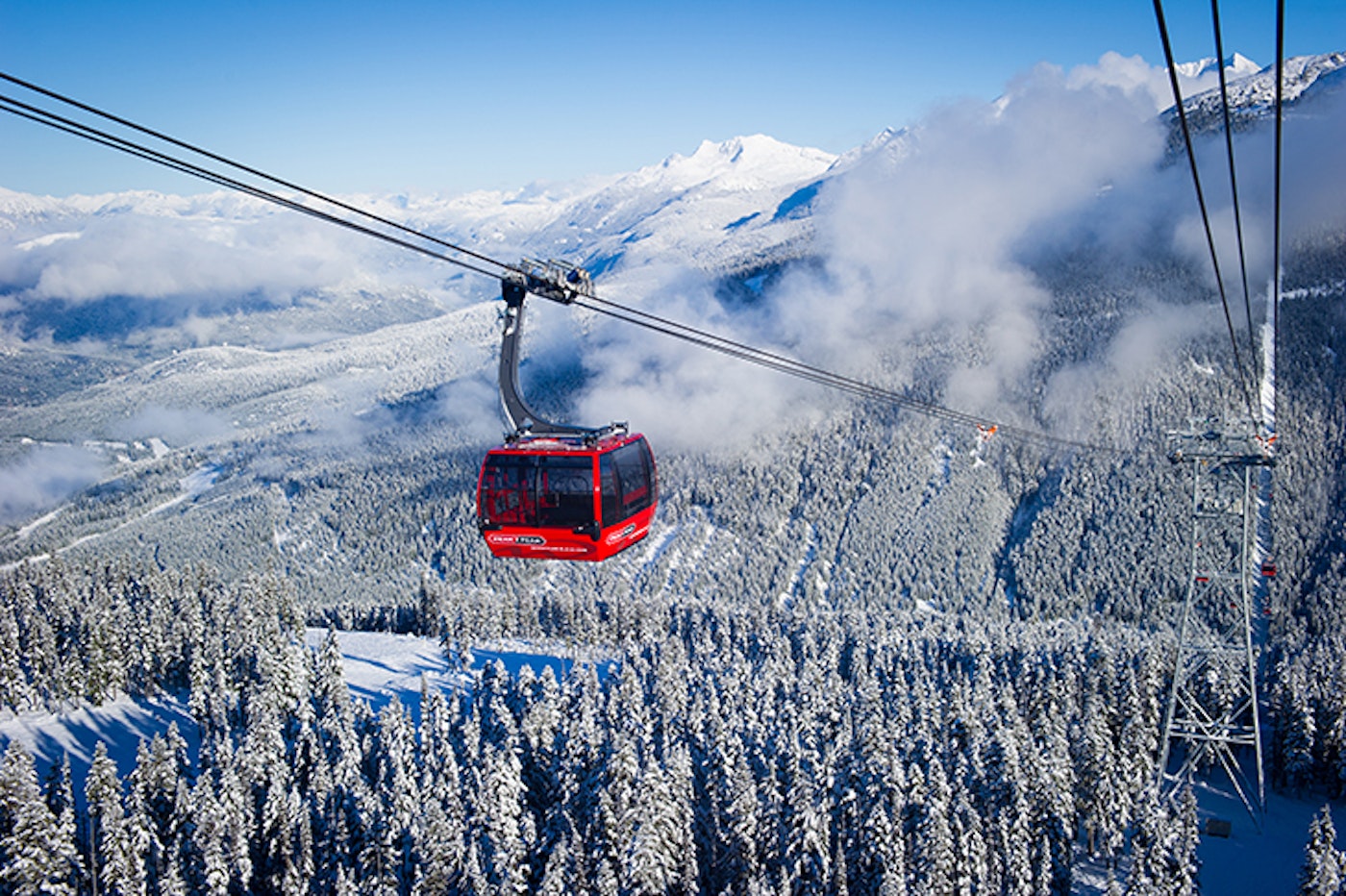
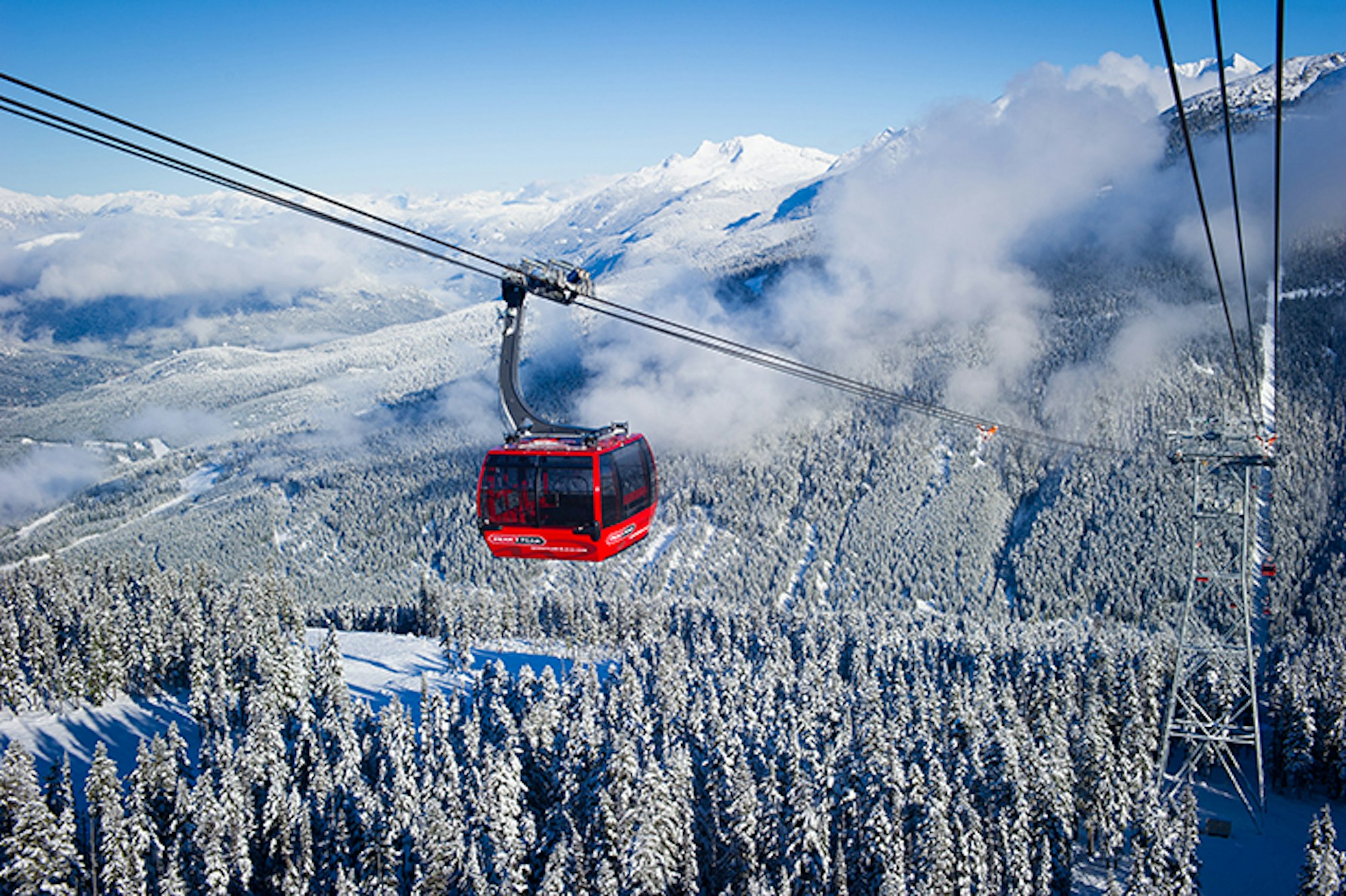
Spring Skiing For The Ages
Over the past few years, on average, Whistler, BC has received more than 100 inches of snow in the month of March alone. That snow bolsters an already deep snowpack, making for phenomenal skiing conditions. Over the course of a week-long stay in Whistler odds are good that you’ll enjoy a few mornings of deep powder skiing that give way to clearing skies and warm temps; enjoy high-speed groomer laps in the afternoon (or eat up the leftover crud) before nestling into one of Whistler’s countless party patios, where the après parties are equally legendary as the skiing. The sun stays high in the sky much later than mid-winter, allowing those patio sessions to run as long as you can handle ‘em. When it comes time to book your vacation, consider that Whistler boasts one of the longest snow seasons in North America.
Gotta Love The Rich History
Whistler was originally established to host the Winter Olympics. In 1960, the Canadian Olympic Association flagged Whistler as a potential site for the Games. A formal bid was placed, but at the time, there was zero infrastructure in the region—no roads, no electricity, no piped water, nor sewage. The bid was rejected but the groundwork was set for a resort to grow.
Back in the 1970s, folks like Jim McConkey—father of the late skiing legend, Shane McConkey—skied blower pow on Whistler’s glaciated terrain. Dag Aabye, hailed as “the original Whistler rebel,” dropped intimidating cliffs and straight-lined backcountry chutes. In 1973, Steve Corbett completed the first-ever quadruple backflip on skis, on Whistler’s Camel Humps run. Those pioneers established Whistler as one of skiing’s great proving grounds. In the years that followed, the list of skiers who either called Whistler home or pushed the sport to new levels on its slopes grew, and grew, and grew: Skiers like Wayne Wong, Vincent Dorion, Trevor Petersen, Trennon Paynter, Shane Szocs, Shane McConkey, Shane Anderson, Seth Morrison, Sean and Callum Pettit, Sarah Burke, Rory Bushfield, Riley Leboe, Mike Douglas, Matt Margetts, Mark Abma, Kye Petersen, JT Holmes, JP Auclair, Josh Dueck, Joe Schuster, JF Cusson, Ian Morrison, Ian McIntosh, Hugo Harrison, Glen Plake, Evan Raps, Eric Pehota, Eric Hjorleifson, Dave Crichton, Dan Treadway, Chris Turpin, Anthony Boronowski and countless others. Visit Whistler just once and you might just catch a gondola ride with one of these legends and catch a glimpse of another blasting through the trees. It’s impossible not to be wowed by the incredible skiing talent, passion and history that pervades Whistler.
Environment Counts
Whistler and the surrounding community are dedicated to spreading environmental awareness and battling climate change. Whistler Blackcomb resort has implemented a renewable energy project that produces enough to power the entire resort; heating programs that save 600 tons of carbon emissions annually; staff carpools that save 64,155 kilometers of travel, 86,768 liters of fuel and 208 tons of emissions per year; and the testing of a hybrid diesel-electric groomer to gain better fuel efficiency. It’s all part of a greater initiative to achieve a zero-operating footprint—that means no waste, no carbon, no emissions. Our sport can have a big impact on the environment and greater climate change problem, whether we like it or not, and the resort is facing that tough fact big time.
It’s Always Been “Epic,” And Now It’s EPIC
Following the Blockbuster, deal in which Vail Resorts acquired Whistler Blackcomb, the resort is now officially part of the 2017-18 EPIC Pass. The pass provides unlimited, unrestricted access to Whistler Blackcomb, plus 13 of the world’s most iconic destinations, and limited access to 30 European resorts. Note: The pass is only available through November 19, 2017.
Off The Mountain, There’s A Lot More To Love
The fun hardly stops at the ski area boundary. Whistler Village is, in and of itself, a world-class destination packed with award-winning museums, art galleries, restaurants, nightclubs and boutique shops (more on the food and drink, in a minute). Beyond the staples of Whistler Village, an assortment of events and festivals keep the vibe ever-changing and the fun ever-flowing. Whistler Film Festival, anyone? Or maybe the World Ski and Snowboard Festival?
Heck, consider heli skiing. Or, hit up Canadian Wilderness Adventures for guided snowmobile tours. If you thought catching face shots on your skis was fun, wait until you experience the same feeling while throttling a 400-pound machine. Canadian Wilderness Adventures also offers a snowshoe package as well as dogsled tours. And really, we’re only scratching the surface here. There’s axe throwing in “Function Junction,” just down the road from Whistler Village, or there’s the hot, cold, relax sequence at the Scandinave Spa, providing the ultimate rejuvenation. Seriously, the Scandinave is life-changing and we make a point to visit every time we’re in town.
The Nightlife Here Is Damn Tough To Beat
Ski a top-to-bottom run at the end of the ski day and arrive at Whistler Village, where a bounty of party patios awaits. Enjoy a jug (read: pitcher) or a Caesar (the Canadian version of the Bloody Mary) at the likes of the Longhorn Saloon, Garibaldi Lift Co. (GLC), El Furniture Warehouse, etc. When the dinner hour rolls around, consider Sushi Village. And after-hours, take your pick of late night clubs including the Longhorn (again), Maxx Fish, Tommy Africa’s, Buffalo Bill’s, Garfinkel’s a.k.a. Garf’s or Moe Joe’s. Somewhere along the way, you might even meet the person of your dreams. Jerry did. Too bad she was taken!
PRO TIPS » Our complete guide on where to ski, eat, sleep, drink and repeat at Whistler Blackcomb can be found, right here.
[su_button url=”https://bit.ly/2ifrull” target=”_blank” style=”flat” background=”#0e5589″ size=”5″ center=”yes” radius=”5″]Book your trip to Whistler[/su_button]
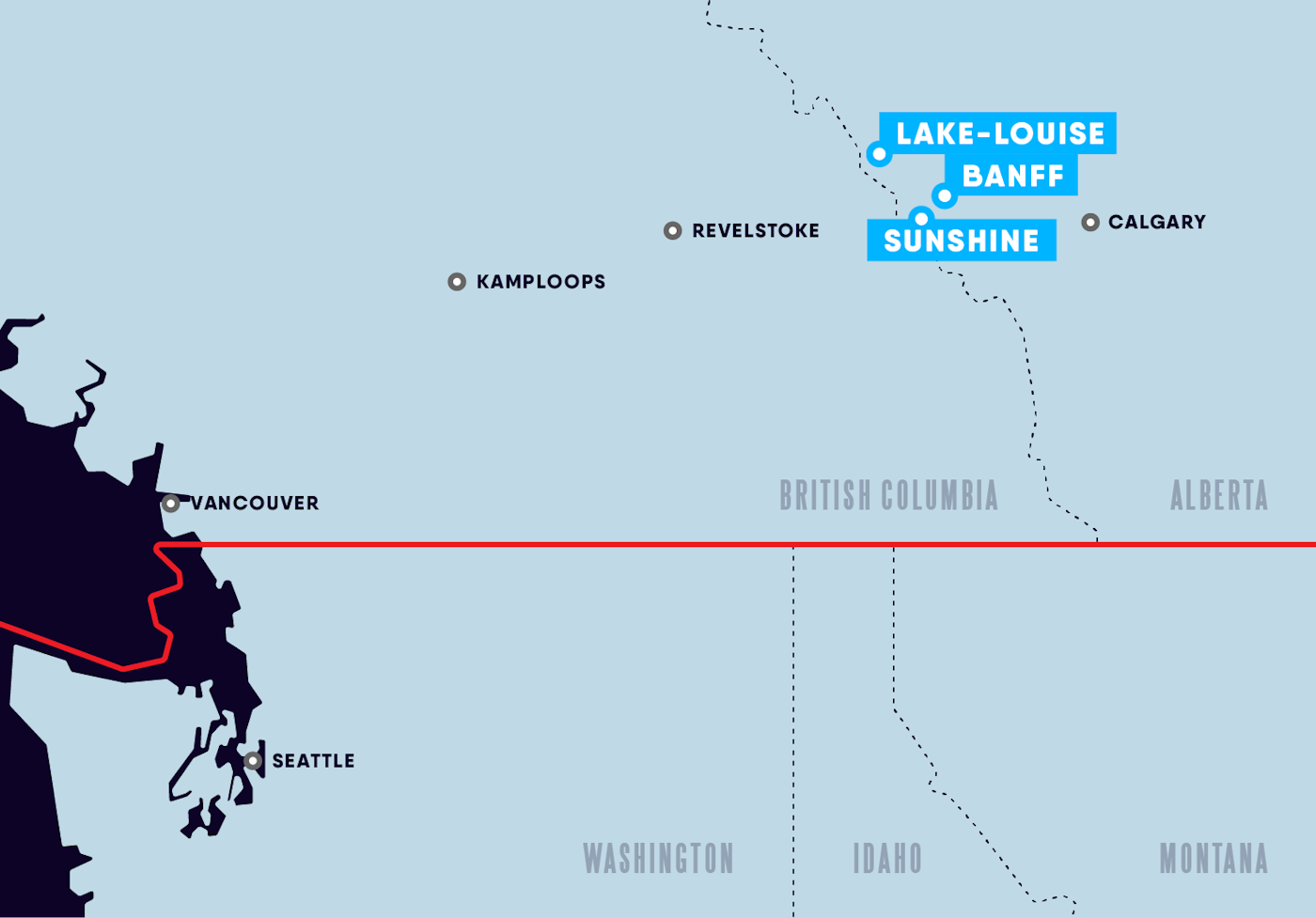
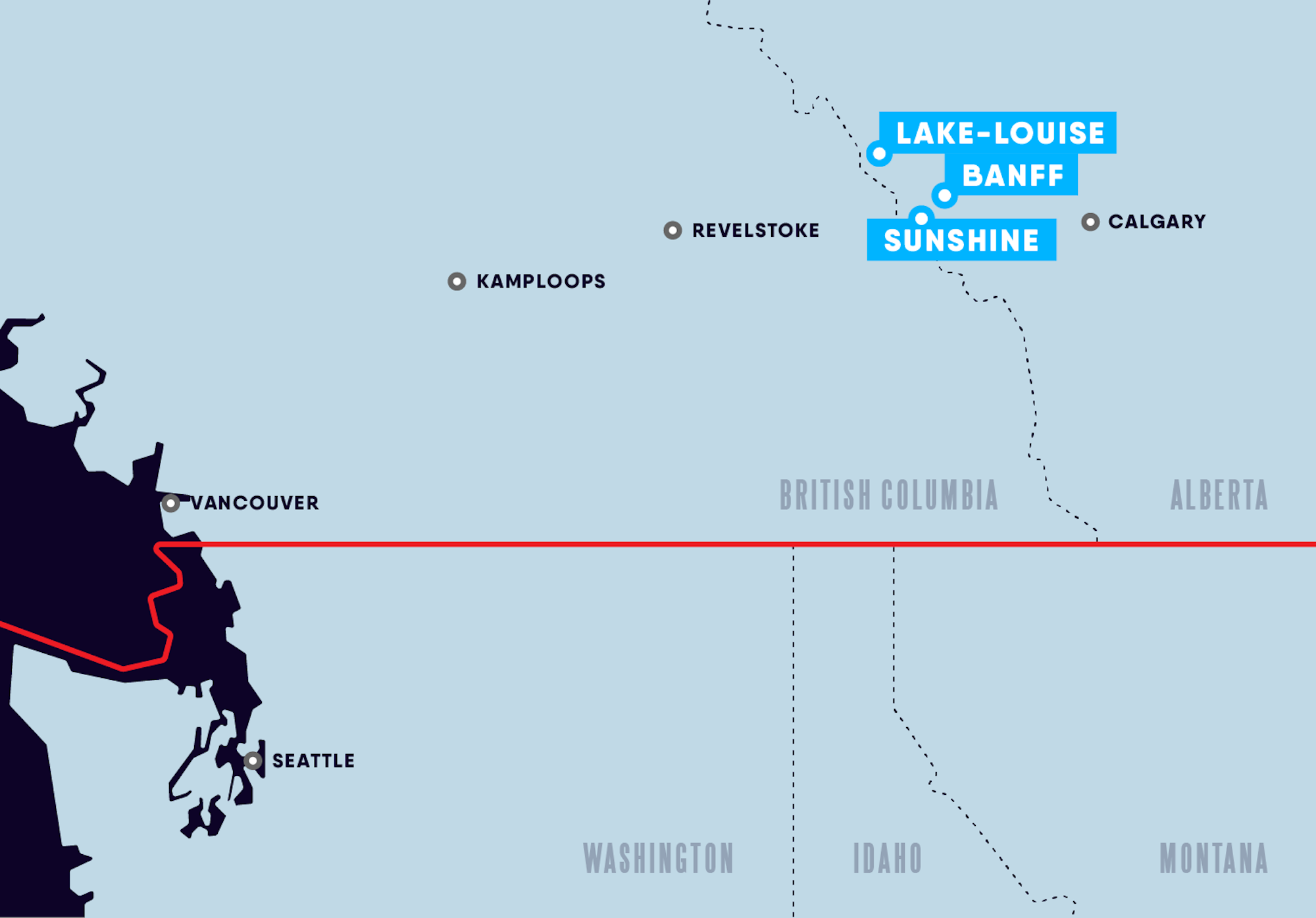
The Sheer Size
Between Sunshine Village, Lake Louise and Mt. Norquay, SkiBig3 boasts a total of 364-plus runs spread across 7,749 acres with a combined 8,414 feet of vertical. Banff National Park itself covers 2,564 square miles—that’s bigger than both Rhode Island and Delaware.
SkiBig3’s new short film dubbed, “Look Up,” provides a perfect visual representation of that raw size.
The National Park Is A Natural Wonder
Banff National Park is 1,641,027 acres of jaw-dropping, majestic, “have to see it to believe it” mountains, glacier-fed lakes, rivers, wildlife and more. Established in 1885 as Canada’s first national park, Banff is the superstar of the stacked Canadian Rockies team. While its status as a national park is only 132 years old, the towering collection of peaks within the park are 45 to 120 million years old. When you go skiing in Banff National Park, you’re literally shredding down monuments of ancient history.
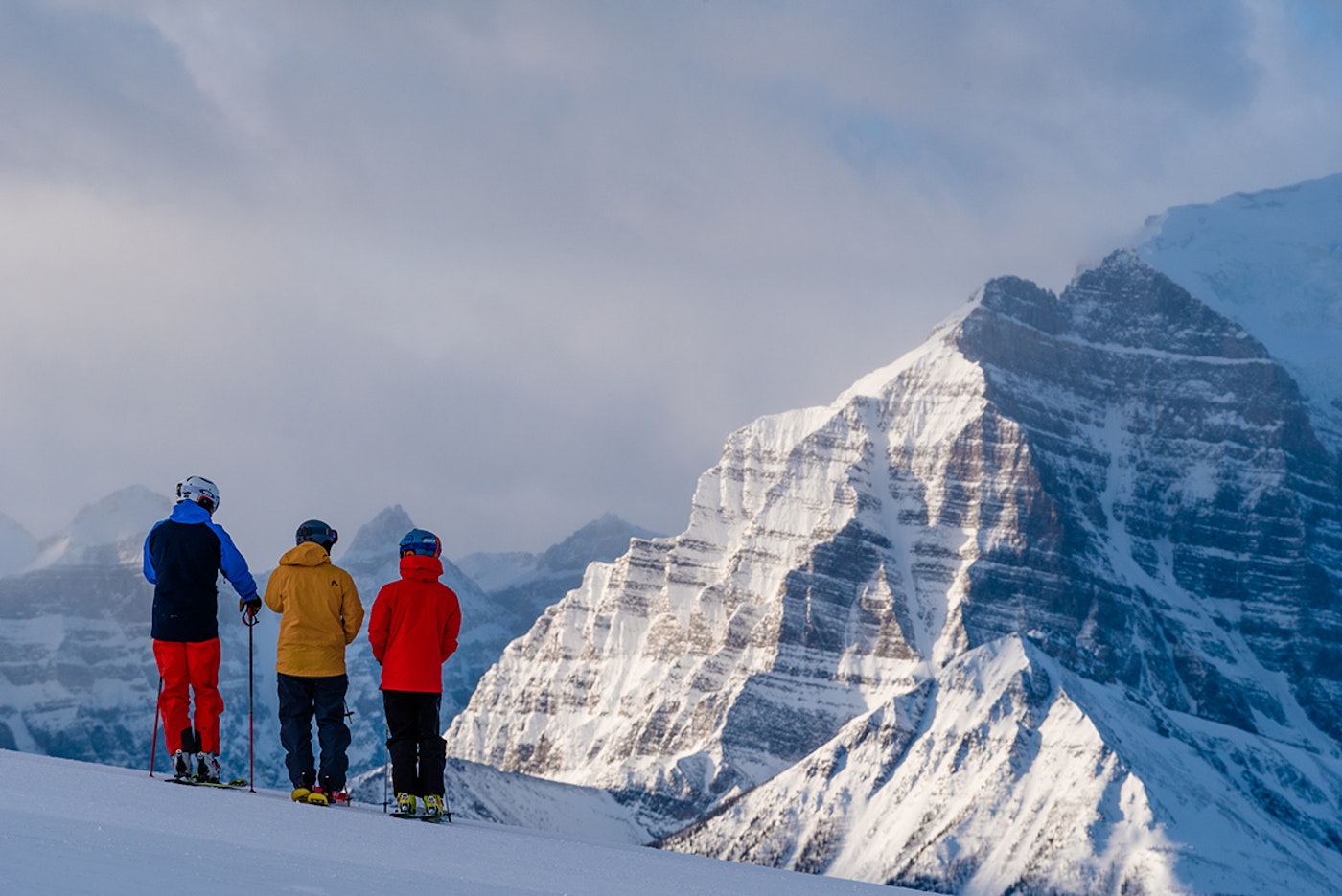
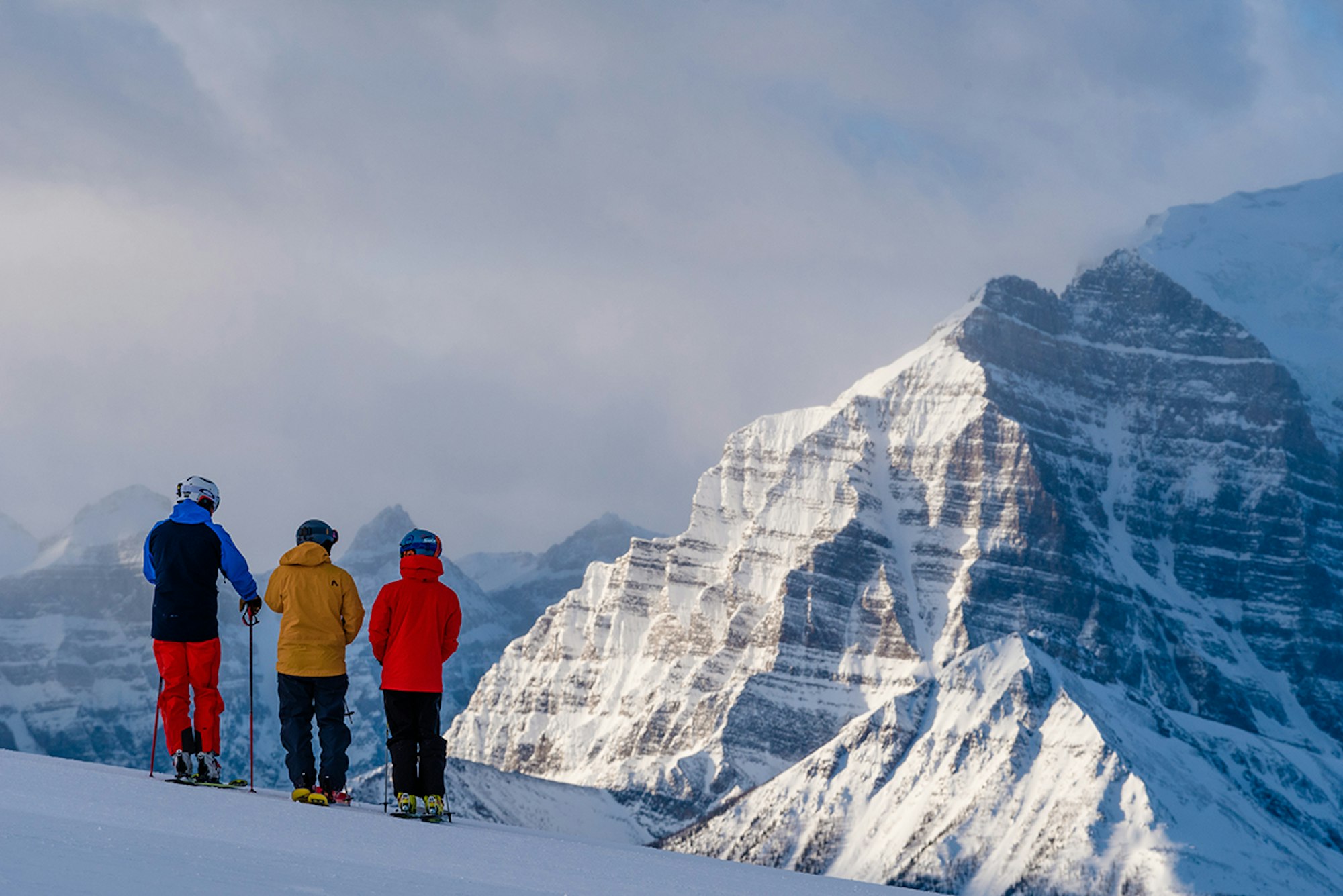
The Chateau Lake Louise And Fairmont Banff Springs Are Straight Out Of Fairy Tales
When you visit SkiBig3, you can stay in actual castles, akin to the ones you’d see in Beauty and the Beast or Harry Potter. The Fairmont Chateau Lake Louise and Fairmont Banff Springs are both bucket list hotels for any worldly traveler. The Chateau Lake Louise wraps around the northeastern shores of the glacier-fed, turquoise blue Lake Louise, with the slopes of the renowned Lake Louise Resort looming on one side and the craggy summits of Fairview Mountain and Devils Thumb on the other. The Fairmont Banff Springs, on the other hand, towers straight up above the Bow River and looks like a place that the grandest wizards in the world would call home. The hotel has been a welcoming host to visitors of the National Park since 1888.
The Public Transportation Is Top-Notch
Getting to, from and around Banff National Park couldn’t be easier. The Banff Airporter is your best bet to get to and from the airport, leaving from Calgary International Airport (YYC) multiple times per day. The ROAM public transit system in Banff features an all-hybrid electric fleet of buses that can get you around town. Shuttles to the ski resorts are equally easy; a free ski schedule service is included in your SkiBig3 lift ticket to Mt. Norquay, Banff Sunshine, and the Lake Louise Ski Resort.
The Views Are Heavenly
The landscape surrounding these three resorts is so sublime, you’ll have a hard time focusing on the actual skiing. Whether it’s the pyramidal excellence of 11,870-foot Mt. Assiniboine as seen from Sunshine’s Continental Divide chair; turning around to behold the vertically-sloped, glaciated northeast face of 11,375-foot Mt. Victoria from Lake Louise’s Top of the World Express; or the iconic right angle of Mount Rutndle as seen from Mt. Norquay’s Cliffhouse Bistro, there won’t be a single second where you’re not in total awe.
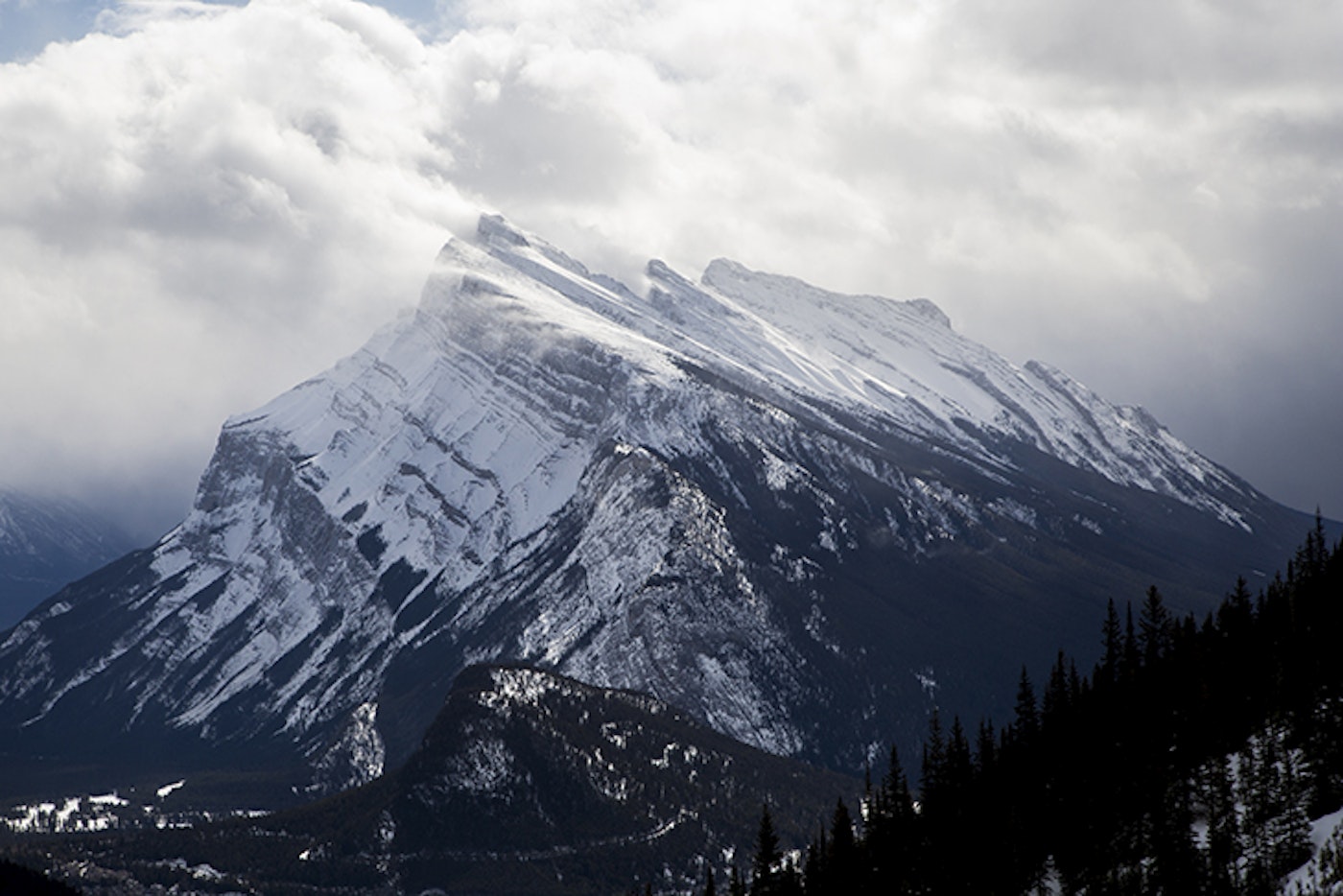
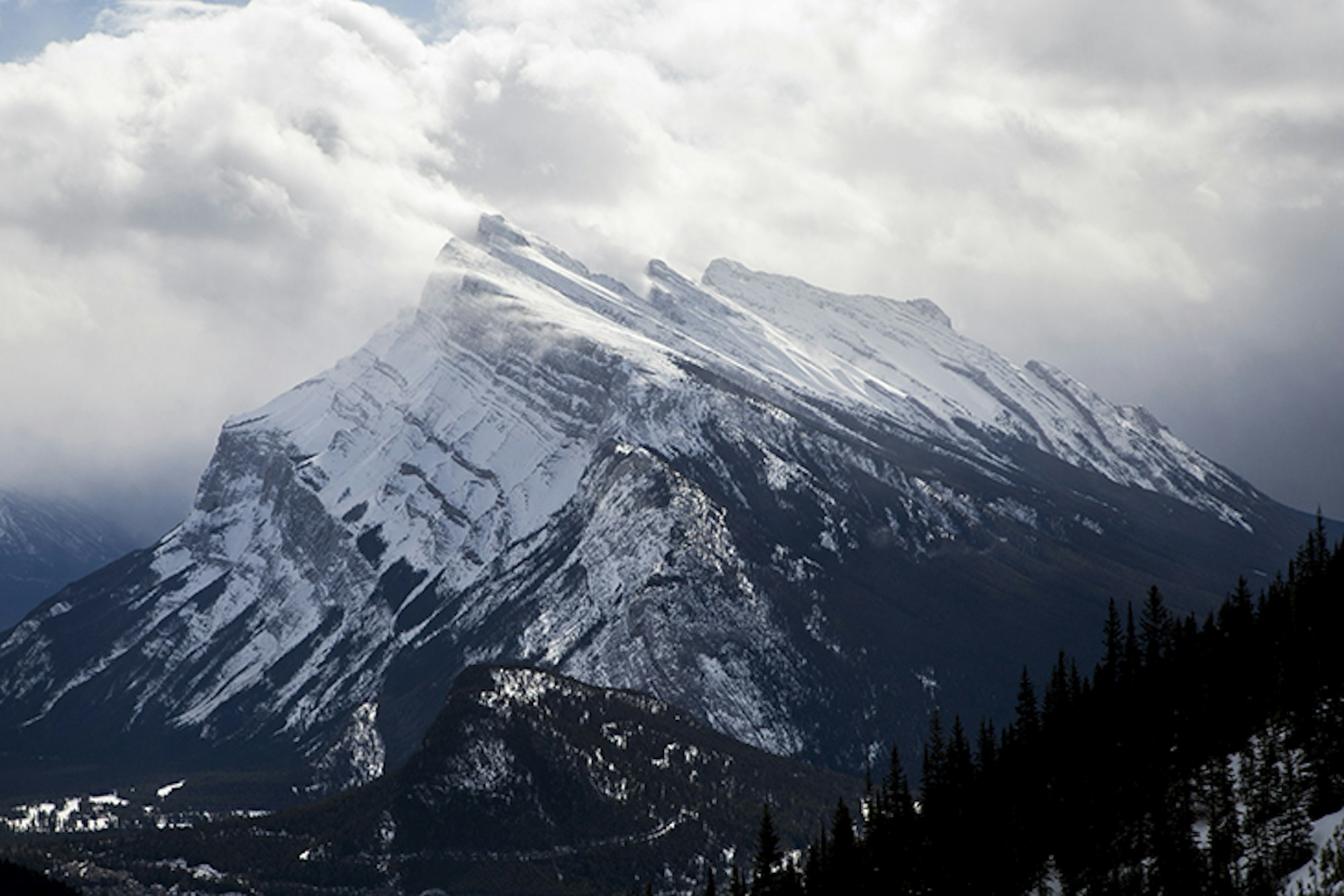
The People Treat You Like Family
It’s safe to say you won’t meet a nicer, more welcoming group of ski town residents than in Banff. The town is a tight-knit community that all share the common love for the pristine habitat in which they reside. Fun fact: to live in Banff, you have to work in Banff, meaning you won’t find the upturned noses and snobbery of part-time vacation residents that is prevalent in other mountain towns in ski country. The folks in Banff always have a smile on their face and are willing to lend a helpful hand to out-of-towners looking for access to the best stashes on any one of the three world-class resorts in the National Park.
The Hike-To Terrain Is As Close As You’ll Get To Backcountry Terrain, Inbounds
Banff Sunshine is home to two expert zones that require avalanche equipment and a partner to even enter. Delirium Dive, located a short boot pack from the Continental Divide chair, is a massive amphitheater of big-mountain lines including chutes, cliffs, bowls and more. Wild West, a quick traverse from the top of Goat’s Eye Express, is home to four pucker-inducing couloirs: Peyto’s, Wheeler’s, Luxton’s and Engler’s. At Lake Louise, a hike to the top of Mt. Whitehorn from the Summit Platter provides a smorgasbord of skinny chutes, wide open bowls and huge cliffs to hit. Lake Louise’s Back Bowls, as they’re called, offer 2,500 acres of world-class skiing.
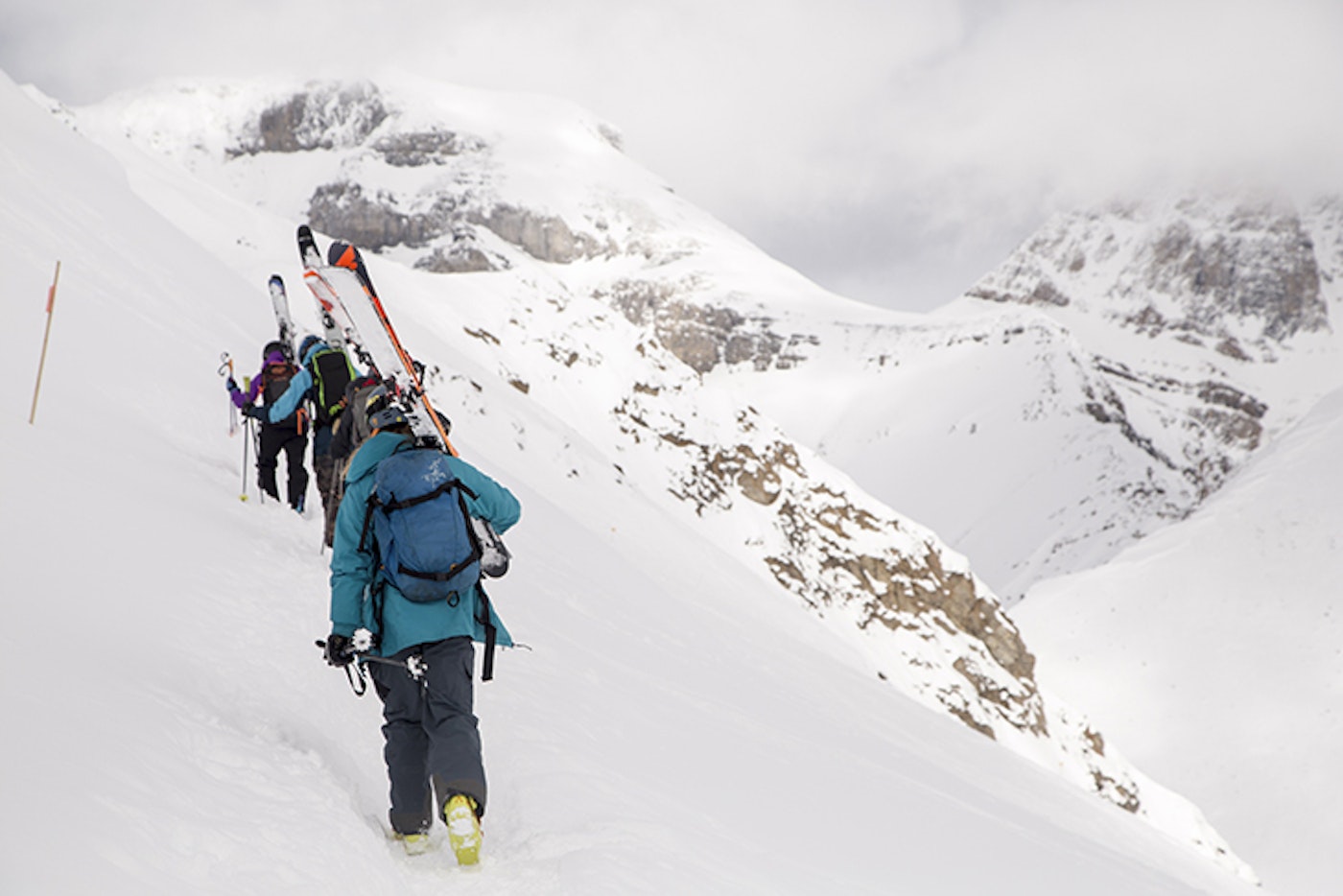
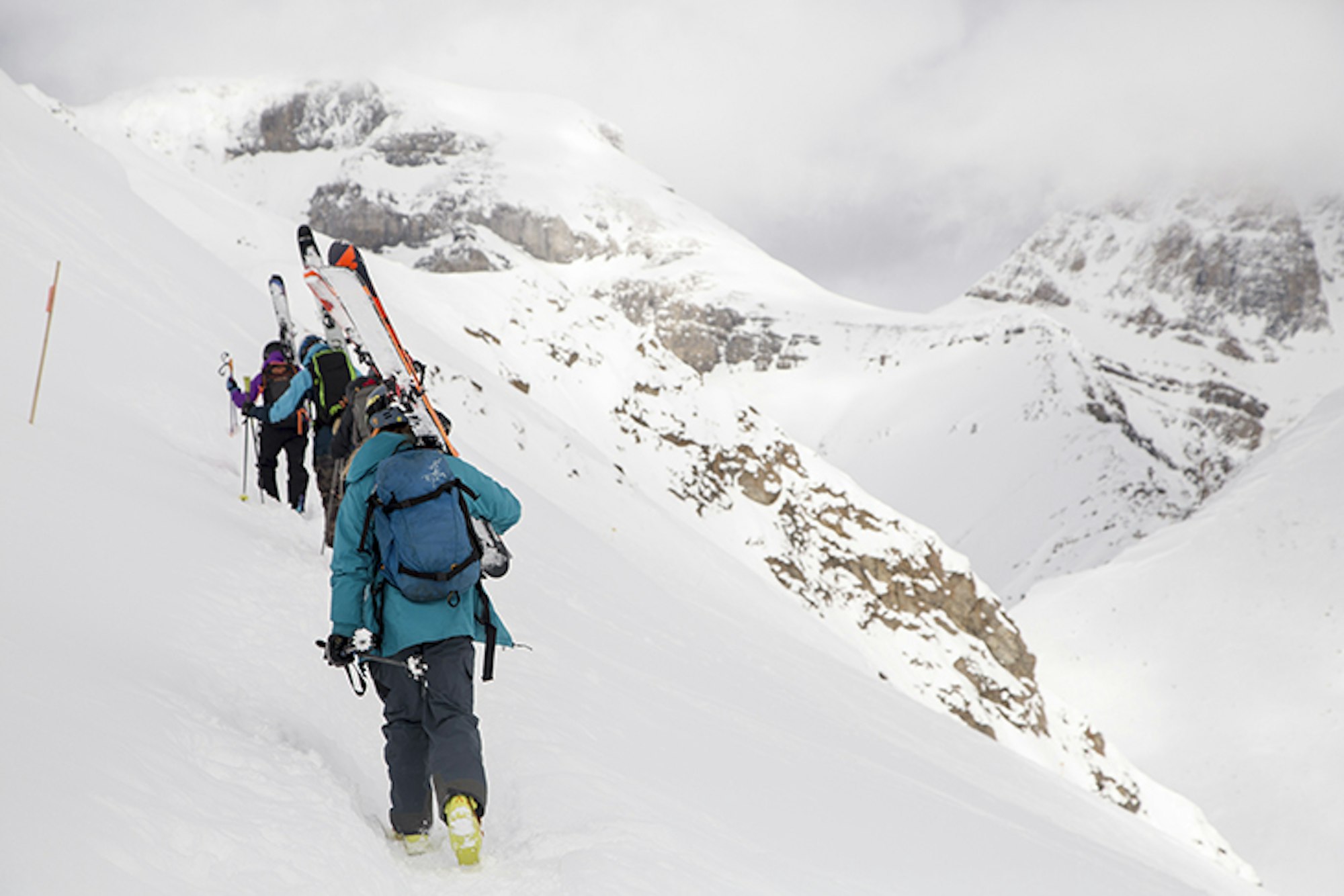
The Food Is Absolutely Delectable
The dining at Lake Louise, in particular, is among the best we’ve had at any ski resort. The Kuma Yama Sushi Restaurant, on the upper level of the Lodge of Ten Peaks, offers incredible sashimi and sushi rolls inspired by the Canadian Rockies. From the AAA Alberta beef tataki to custom maki rolls named after trails and zones around Lake Louise, this sushi scene is one of a kind. The Whitehorn Bistro, located at 6,700 feet on the mountain, offers contemporary fare with tall windows and views of the Bow Range in the distance. Sunshine Village’s Sunshine Mountain Lodge will more than satiate your appetite, too; we recommend the panko-crusted chicken burger.
You Mustn’t Look Too Far To Find The Party
Banff knows how to party. The après scene at the Mad Trapper’s Saloon, at Banff Sunshine, is wild. The log-cabin watering hole has a distinct backwoods vibe, featuring stuffed deer and bison heads, crackling fireplaces, low ceilings and ancient ski gear. At Lake Louise, a couple of Kokanees at the Lodge of Ten Peaks is the general routine for post-ski partying. In town, you’ll be hard-pressed to find an establishment that isn’t rockin’ after a long ski day. Try the fluorescent blue concoction dubbed the Trashcan at Eddie Burger or boogie late into the night at the Dancing Sasquatch while drinking its signature Time Machine drink.
Winter Is Banff’s Quiet Season
Banff National Park is Canada’s most popular, receiving over 4 million visitors annually. However, the vast majority of those guests come during the summer and fall months, leaving the world-class ski runs of Banff Sunshine, Mt. Norquay and Lake Louise crowd-free during the ski season. First chair, anyone?
PRO TIPS » Advice on where to ski, eat, sleep, drink and repeat in/around Banff can be found, here.
[su_button url=”https://bit.ly/2zE2lKJ” target=”_blank” style=”flat” background=”#0e5589″ size=”5″ center=”yes” radius=”5″]Book your trip to Banff[/su_button]
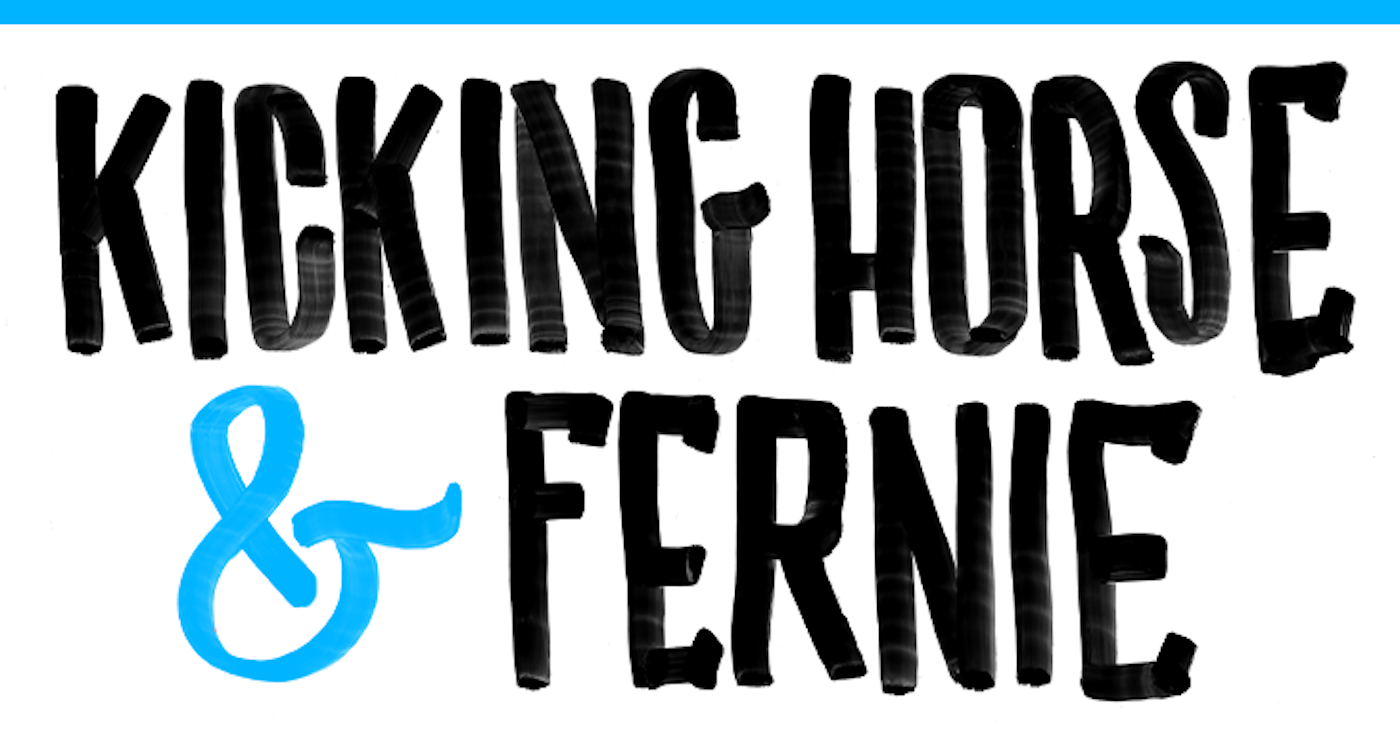
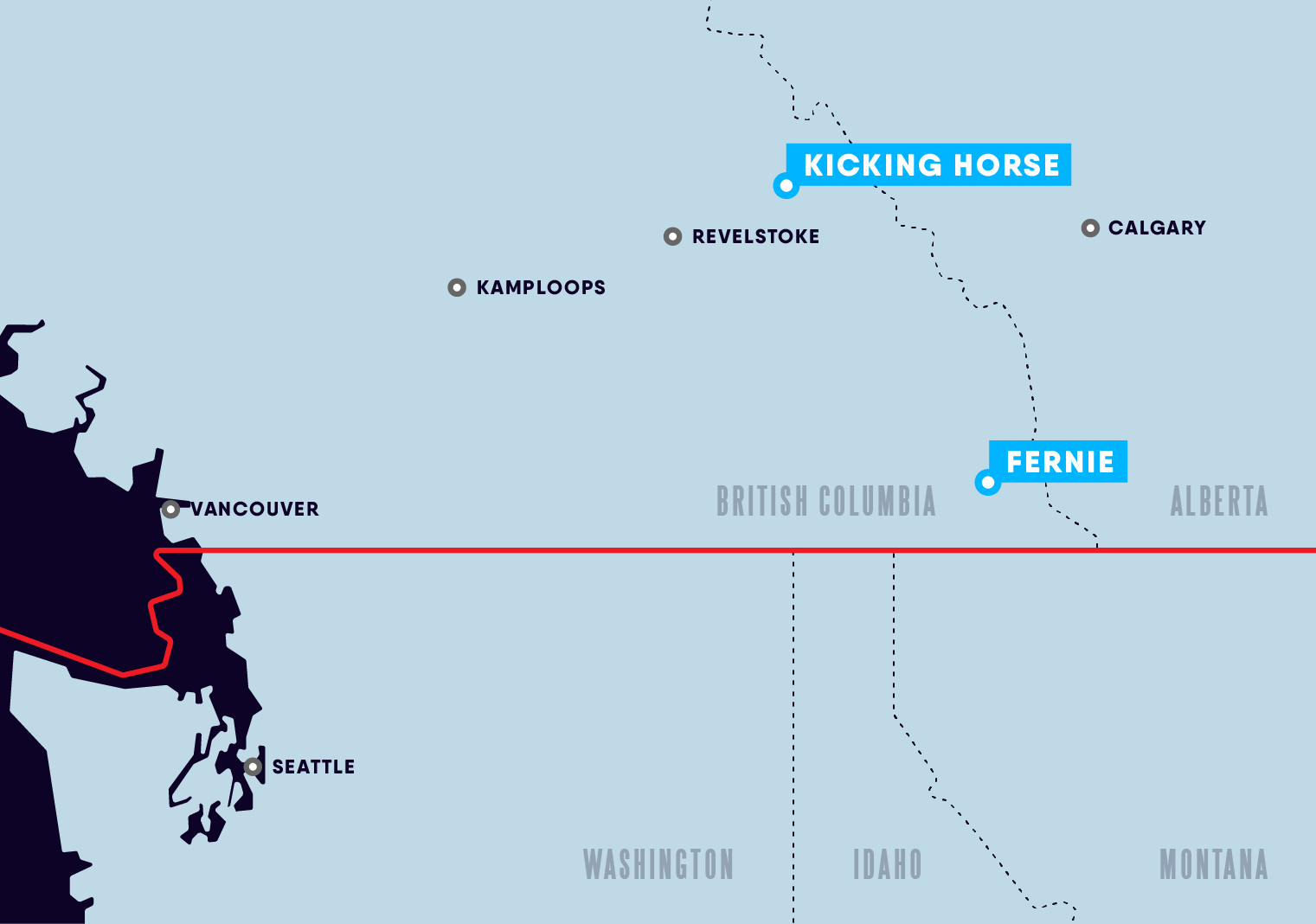
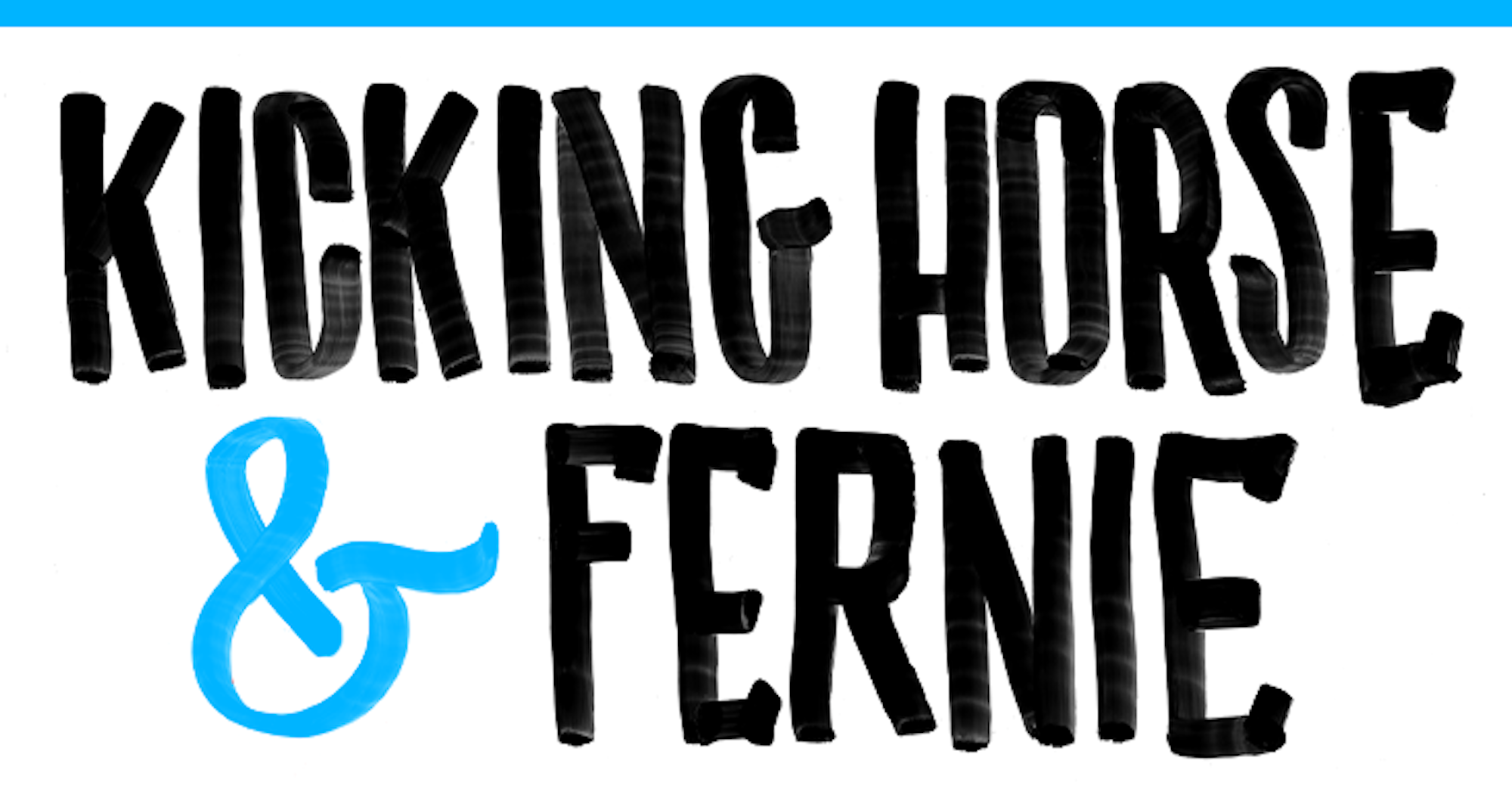

Seriously, You Need To Ski the Powder Highway
We’ve compared skiing on the Powder Highway to “cracking a grand slam with the bases loaded, down three runs in the bottom of the ninth.” Indeed, the feeling of skiing the seven resorts that comprise the Powder Highway must be comparable to the heroic feeling of hoisting your team to victory when the stakes are highest. Situated in southeast British Columbia, along routes 95A, 3 and 6, the Powder Highway includes Revelstoke, Kicking Horse Mountain Resort, Panorama, Kimberely, Fernie, Whitewater and Red Mountain. The reason that this grouping of resorts is so appealing to skiers is obvious; it ain’t called the Powder Highway for nothing.
While each of the aforementioned resorts is worth visiting, we’ll focus on two: Fernie is situated just north the United States-Canada border, not far from Whitefish, Montana, while Kicking Horse lies further to the north—approximately five hours from Fernie by car. Each resort boasts decidedly “gnar” terrain, including formidable cliffs, chutes and steeps. For the seasoned skiers, the resorts provide an exciting challenge, complemented by down-home charm.
Extreme Skiers Will Love Kicking Horse Mountain Resort
In the same way that a bucking, kicking horse is difficult to ride, Kicking Horse Mountain Resort (KHMR) is home to terrain that will make even the most seasoned skiers check their egos. An impressive 4,133 feet of vertical ranks as the highest in the Canadian Rockies; ski top-to-bottom laps all day and your legs will feel like Jell-O, guaranteed. And any true skier knows that “Jell-O legs” are a sure sign of a day well spent on the mountain.
Situated above Golden, British Columbia, KHMR is the northernmost resort on the Powder Highway. The resort is situated between the skiing meccas of Revelstoke, BC, and Banff, Alberta, and lies just two-and-a-half hours west of the international airport in Calgary. Hailed by many as the “Champagne Powder Capital of Canada,” Kicking Horse receives some 23 feet of cold, dry snow each season, on average. That delectable snow falls upon 128 runs, spread across 2,800-plus skiable acres.
Once you’re atop the mountain, take your pick between four gargantuan cirques or the three ridgelines that separate them. Those ridges are home to many of KHMR’s 85 inbounds chutes. If you’re up for a short hike, to the tune of 10 to 30 minutes, you’ll access inbounds terrain that feels remarkably like the out of bounds variety.
See our custom trail map, detailing where exactly to ski at KHMR, right here.
SLEEPS » Lush Mountain accommodations offer luxury mountains homes, while Glacier Mountaineer Lodge and Palliser Lodge are mid-range price-wise, but offer slopeside digs. There are also a multitude of authentic mountain accommodations in the form of cabins, lodge and bed and breakfasts in Golden, a short drive from the mountain.
EATS » Fire Pit BBQ Smokehouse if you’re hankering for smokin’ meats; quick grab-and-go at Bluebird Café; Whitetooth Bistro for hearty meals and a local’s vibe; Wolf’s Den for premium steaks and hand-crafted burgers; Eleven22 offers a more upscale, fine dining experience with plenty of local beer and wine. All of the aforementioned are found in Golden. Of course, there’s the mountaintop Eagle’s Eye Restaurant, too; situated at 7,700 ft. the spot boasts stunning views and the food & beverage offerings are killer.
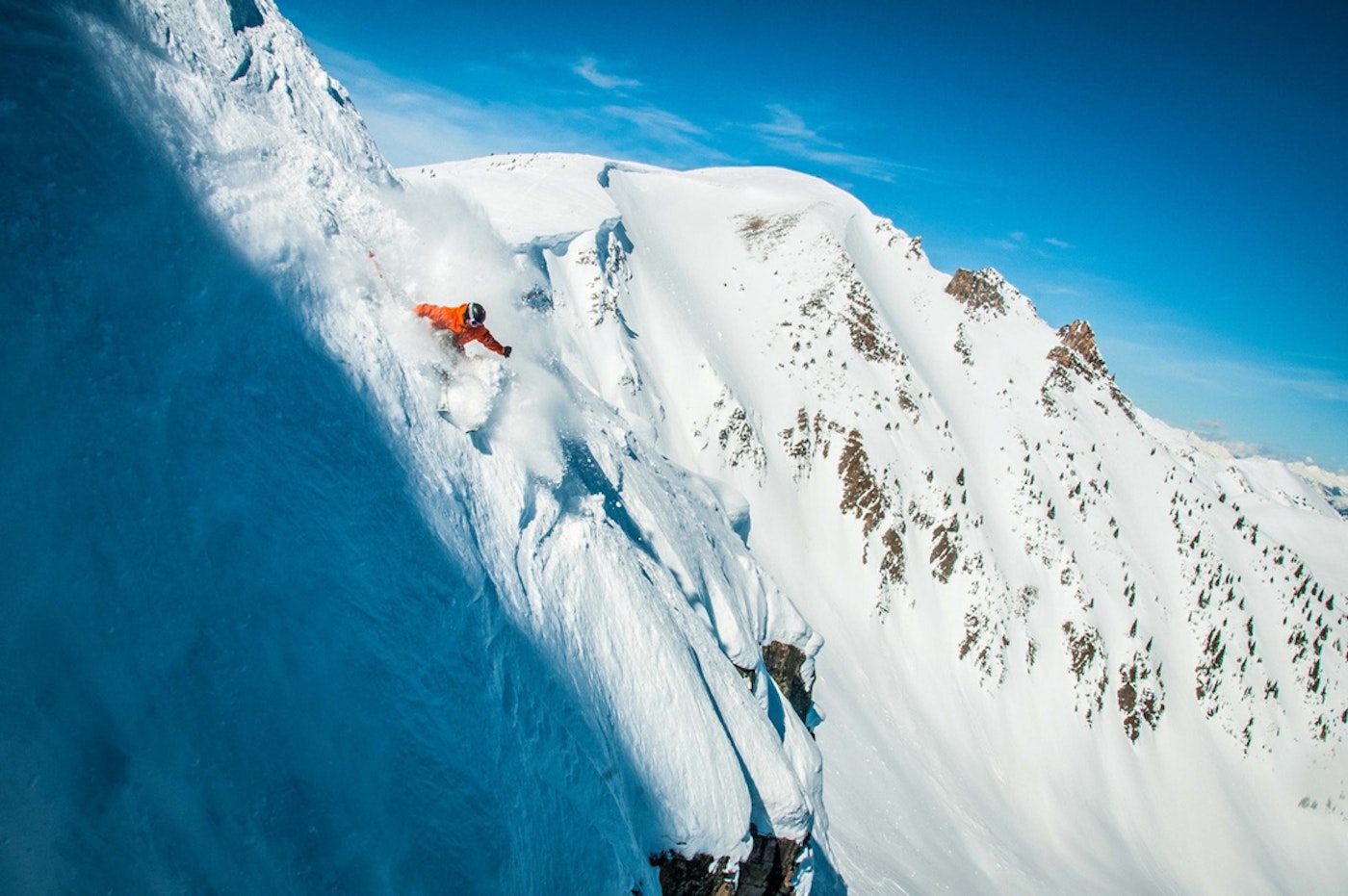
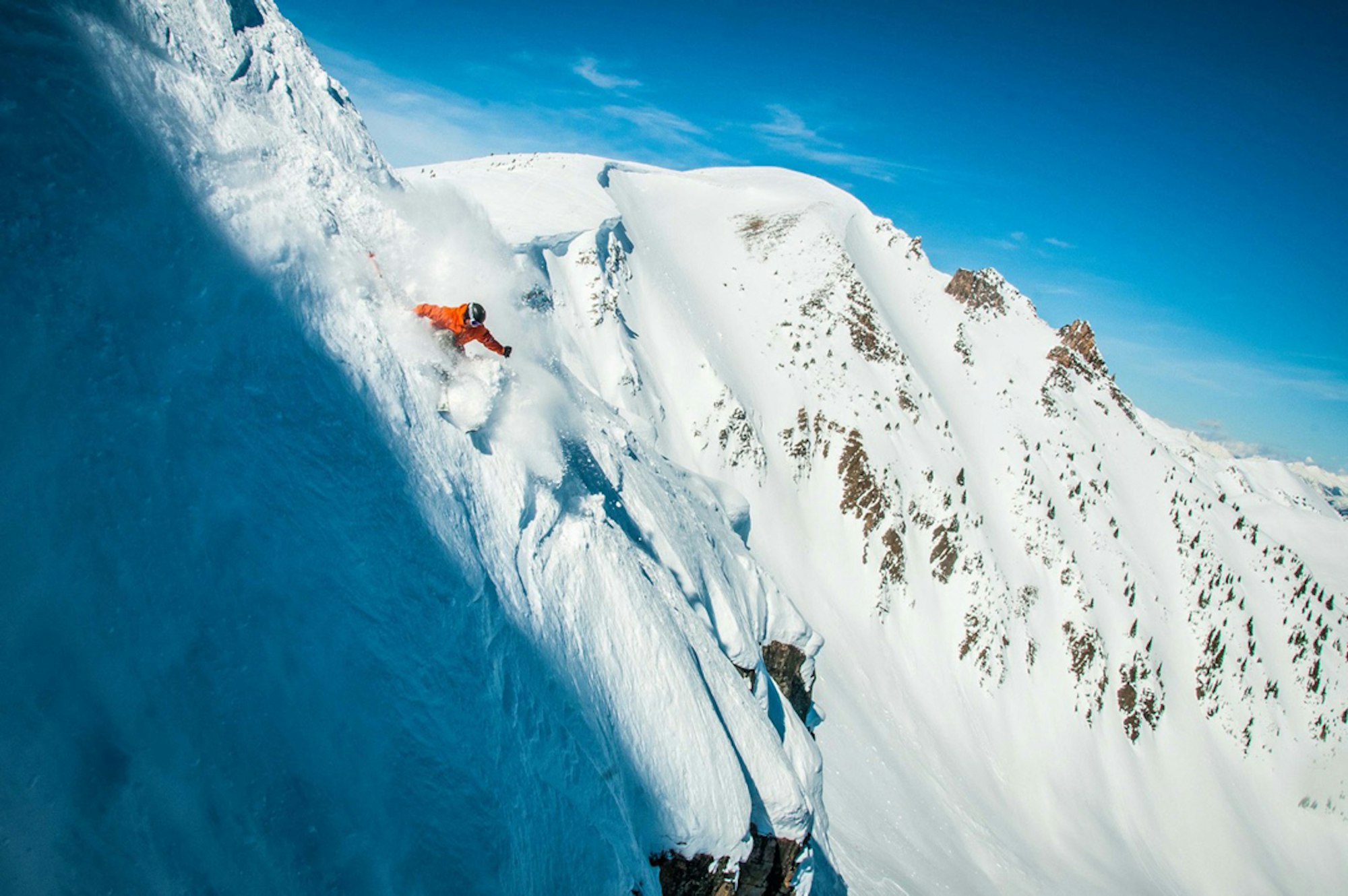
Fernie Is The Perfect Mix Of Down-Home Charm And Exhilarating Skiing
While Fernie is not recognized as being quite as extreme as KHMR, it’s a certified gem and a must-visit resort for FREESKIER readers, boasting playful terrain galore; 37 feet of dreamy powder each season, on average; 2,500-plus skiable acres; five giant bowls; countless ridges; and sheltered glades. The resort is three hours away from Calgary and sub-two hours from Whitefish, Montana, by car. Once you arrive, however, you’ll feel as if you’re in a faraway land, and because you won’t find people “passing through” here; this is a place you must seek out. And as such, the “powder per capita” is greatly in your favor.
For some of the most amazing views check out Mama and Papa Bear runs, double blacks that start above the clouds and descend into the sunshine below. Additionally, with lots of natural rollers and fall lines, Cedar Bowl provides amazing vistas and views. Sky Dive is located in Currie Bowl and loved by the more extreme rider. Drop into this zone for some of the best steeps on the mountain. End your day at the Snake Ridge area, where the snow is known to be some of the deepest at the resort (and stays the freshest the longest). Cap off the skiing at the Griz Bar, the favorite après bar of the locals and visitors alike (more on that, later), providing amazing views of the mountains from the outside deck and comfortable seating inside. Stay past sundown for some of the most epic parties.
SLEEPS » The on-mountain Lizard Creek Lodge is smooth as can be; Fernie Slopeside is a more affordable on-mountain option; and the Park Place Lodge and Raging Elk Hostel in town offer great deals.
EATS » The Brickhouse for beers, burgers and pizza; the Griz Bar for a rowdy après vibe; Infinitea T-Bar for a full tapas bar and wine selection; Yamagoya for the sushi lovers. Party at the Royal and kick the hangover with some grub from Big Bang Bagels, in town, come morning.
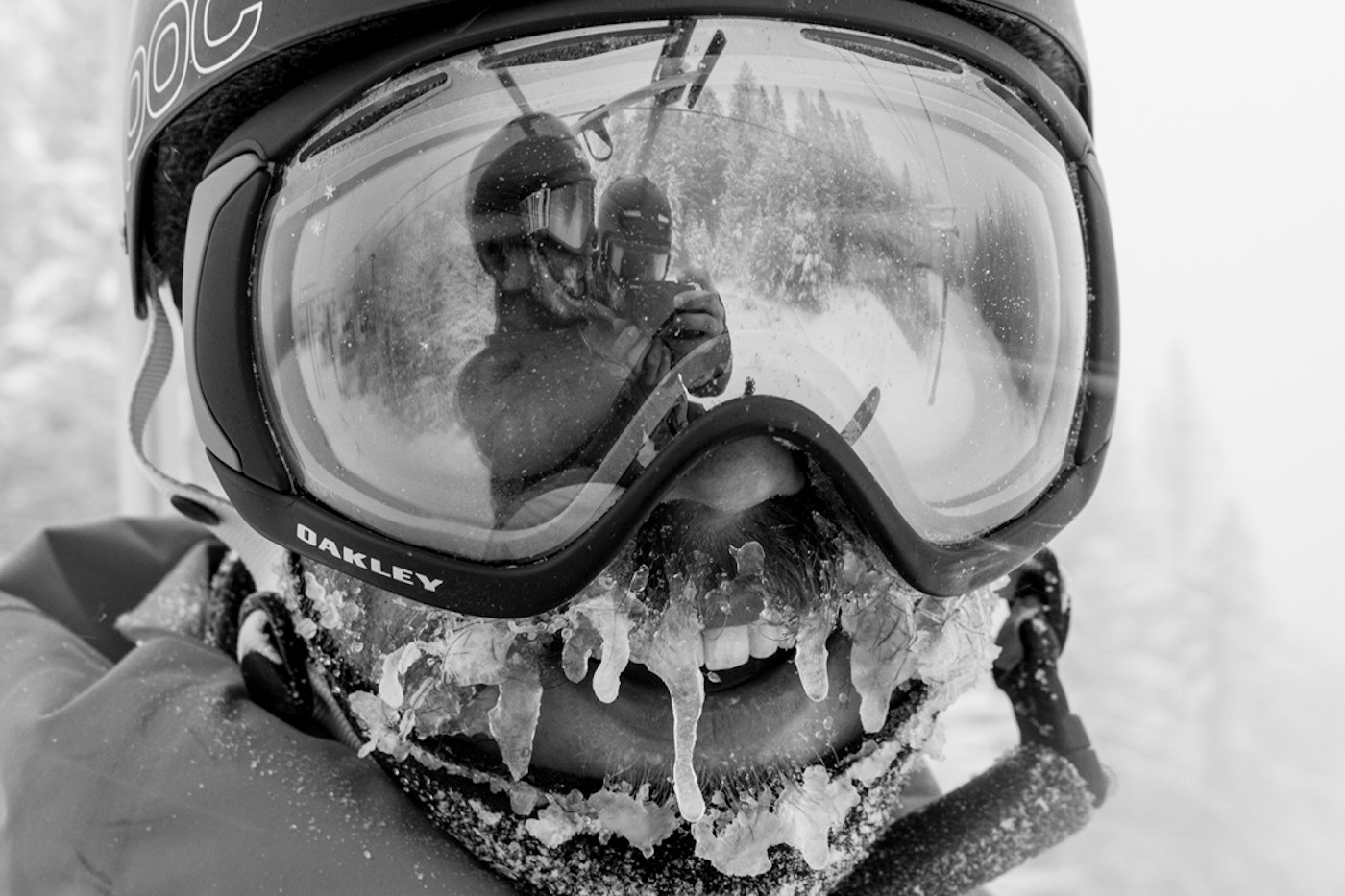
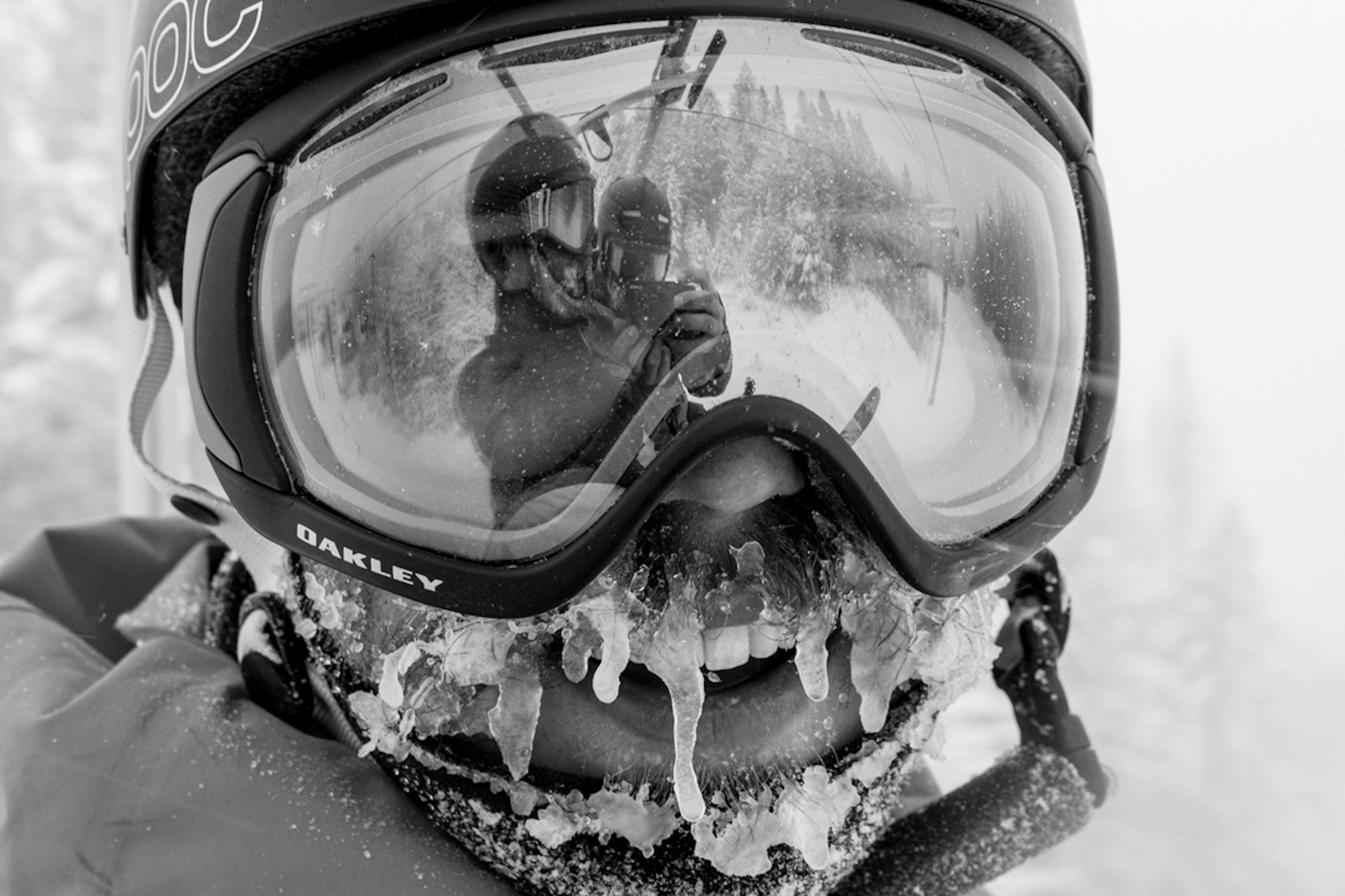
Forget Lift Lines and Crowds, Come Here To Enjoy The Understated Vibe
The historic town of Fernie, just three miles north of the ski hill, is populated by an eclectic mix of mountain loving-folk who, in a phrase, keep it real. Once a booming coal-mining town, Fernie’s Historical Downtown on 2nd Ave is lined by vintage brick buildings that were re-constructed following a destructive fire in 1908. Fernie Alpine Resort would open 55 years later, in 1963, sparking the town’s transition to an international ski destination. Today, you’ll find grade A restaurants, boutiques and bars aplenty (more than 14 bars, in fact, which ain’t bad given the population of this place is 5,200), yet the rustic charm remains.
Locals in Fernie regularly praise the mythical “bear man,” otherwise known as “Griz,” who they say is responsible for bringing powder snow to this Rocky Mountain playground. Townspeople have been known to burn skis as an offering to Griz and the community rallies annually to watch a parade in his honor.
The town of Golden, just down the hill from KHMR, is much the same: When the ski day is done, cruise down to town, park and then walk across the the longest free-standing timber-frame bridge in Canada. The bridge is the backdrop for the annual Snow King Masque Parade, which transforms the downtown Spirit Square into fantasy world to welcome the “Snow King” and “Lady Spring” down from the mountain via torch light. Thousands of locals and visitors watch as the night comes alive with music, dancing, stilt walking, giant puppets, shadow plays, and fire spinning. On the other side of that bridge you’ll find the Riverhouse Bar, where you might just find a metal band filling their airwaves with rock-and-roll stoke. You’ll be standing alongside folks who are passionate about the outdoors above all else; this place is just teeming with potential for mountain activities of all sorts.
KHMR & Fernie Offer Events Like No Other
Down south, at Fernie Alpine Resort, the events are as eccentric as the community itself. Take Griz Days, for example: the annual spring festival that honors the legend of the Griz. The affair plays host to a variety of downright debacherous events, like the Extreme Griz competition, a contest that we’ve previously referred to as, “an endurance test based on beer drinking and stamina.” On-mountain and in-bar events have included suds-chugging, skier-cross body checking, naked table-sliding (you’ve simply got to see it to believe it) and human curling, where skiers on tire tubes become the “rocks.” Between “events” skiers scream down the mountain, flipping over cat-track lips and spread-eagling up a storm.
There’s Hot Dog Day, the annual tribute to the classic 1984 ski flick, Hot Dog… The Movie. This wild and wacky event, which was founded some 30 years ago by a group of locals, typically takes place on the first Tuesday or Wednesday of April. Hot Dog Day is marked by neon outfits, retro skis, zinc and flashy sunglasses. It’s a locals’ favorite that typically draws thousands of people. The celebration ramped up after the movie Hot Tub Time Machine was filmed in Fernie in the spring of 2009. Sure, it’s a staple event among locals, but all are welcome. There’s even a lady in town who rents out 80s ski gear if you don’t have your own. Rumor has it, she owns 300 outfits. Need more neon? Kokanee Retro Weekend is slated for March 24, 2018.
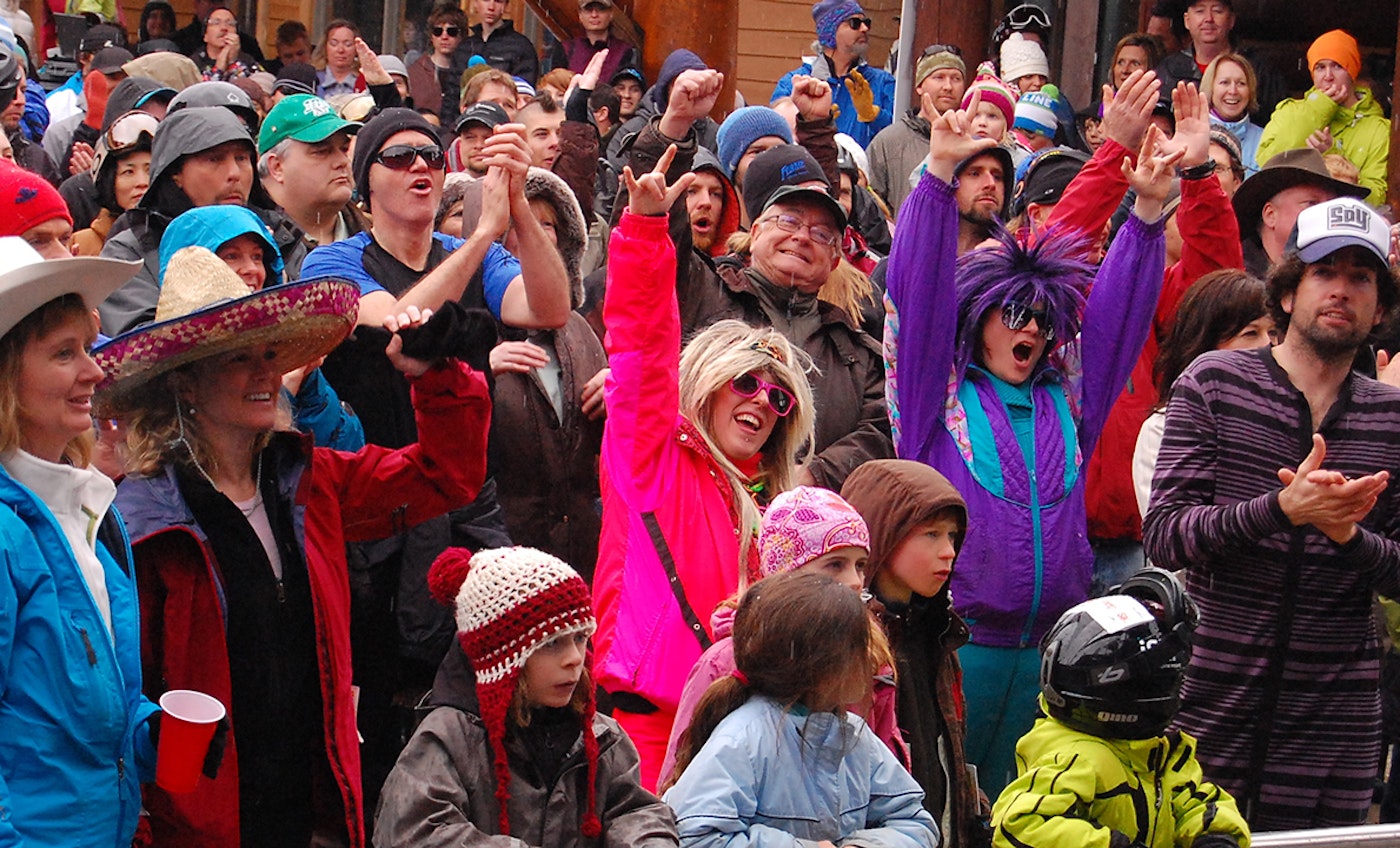
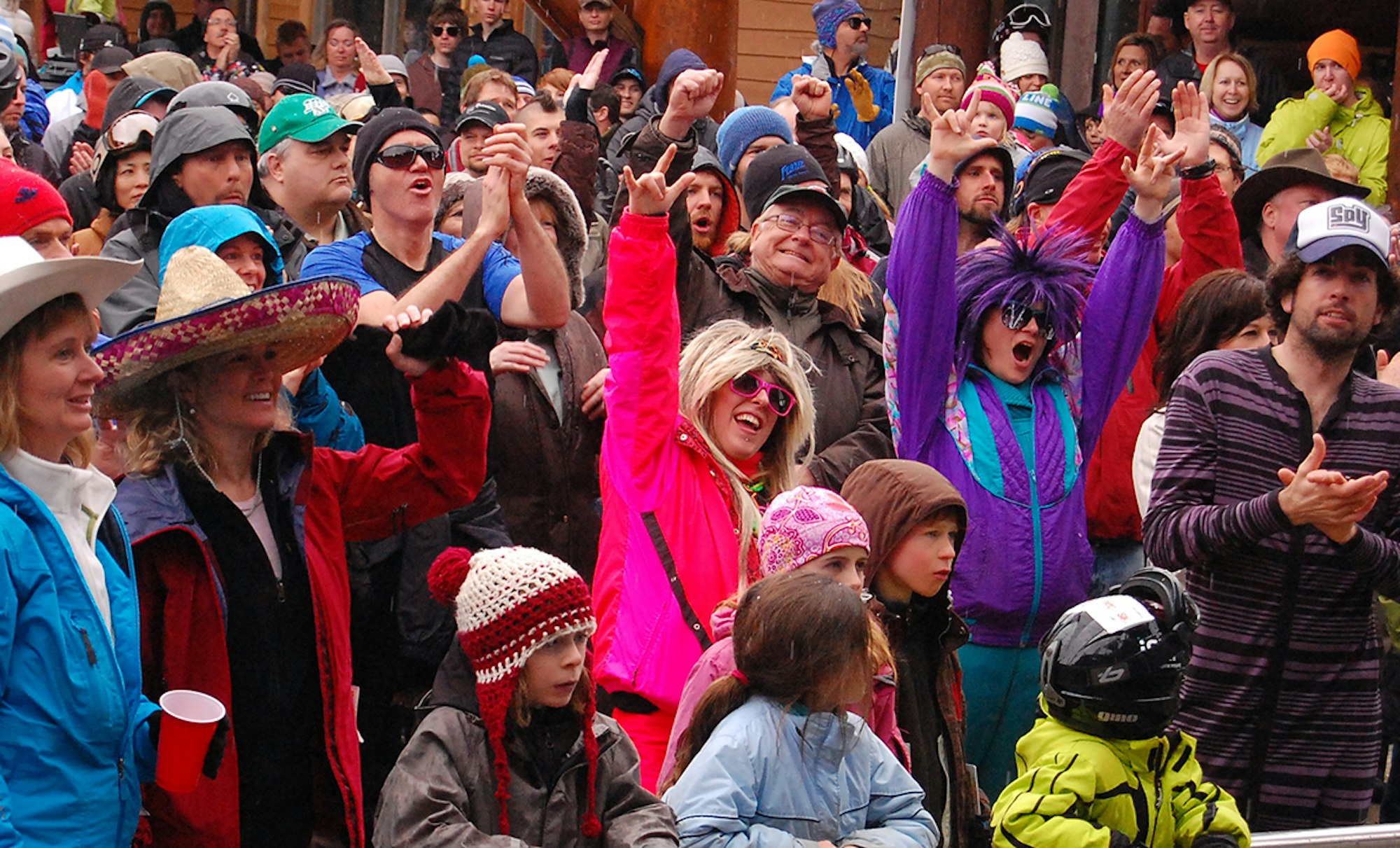
There’s Fernival on closing weekend (April 14-15, 2018), where the locals and the Califernians (Calgary folks who frequent Fernie) close out the season in classic Fernie style. And there’s the Mogul Smoker, an early-season “bush party” outside of Fernie where countless skiers gather in the night to celebrate the start of winter and ask Griz to bless them with copious amounts of snowfall. Starting to see a theme, here? Complete with live music, lasers and lights, think of it as a glorified snow dance. It’s slated for November 18, 2017.
Branded content: This article was crafted by FREESKIER’s editors in collaboration with representatives of Canadian Ski Council. To learn more, head to the Canadian Ski Council website.

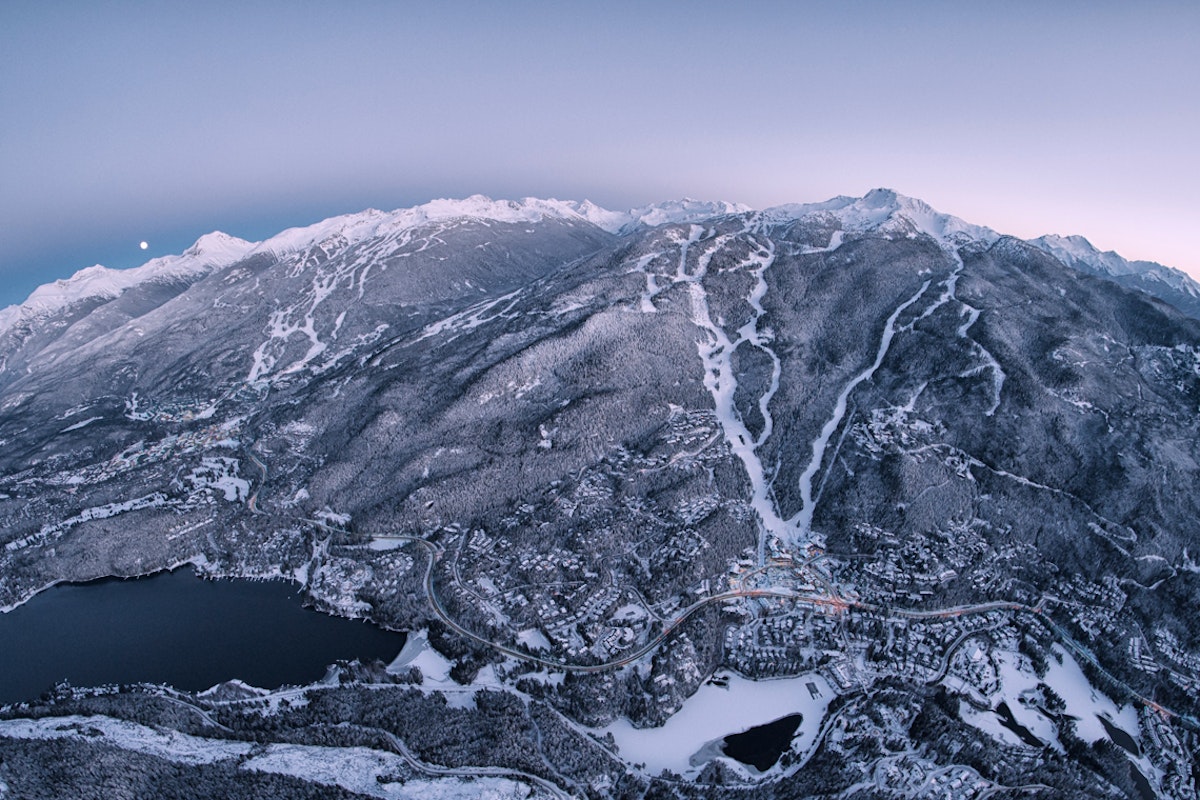


![[GIVEAWAY] Win a Head-to-Toe Ski Setup from IFSA](https://www.datocms-assets.com/163516/1765920344-ifsa.jpg?w=200&h=200&fit=crop)
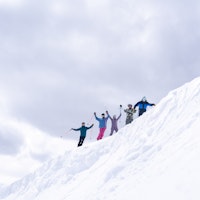
![[GIVEAWAY] Win a Legendary Ski Trip with Icelantic's Road to the Rocks](https://www.datocms-assets.com/163516/1765233064-r2r26_freeskier_leaderboard1.jpg?auto=format&w=400&h=300&fit=crop&crop=faces,entropy)
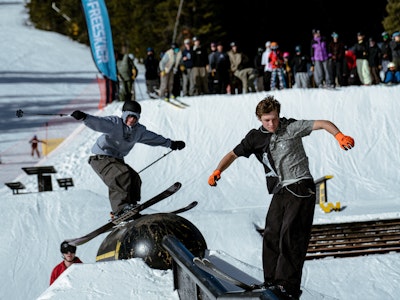




![[GIVEAWAY] Win a Head-to-Toe Ski Setup from IFSA](https://www.datocms-assets.com/163516/1765920344-ifsa.jpg?auto=format&w=400&h=300&fit=crop&crop=faces,entropy)

